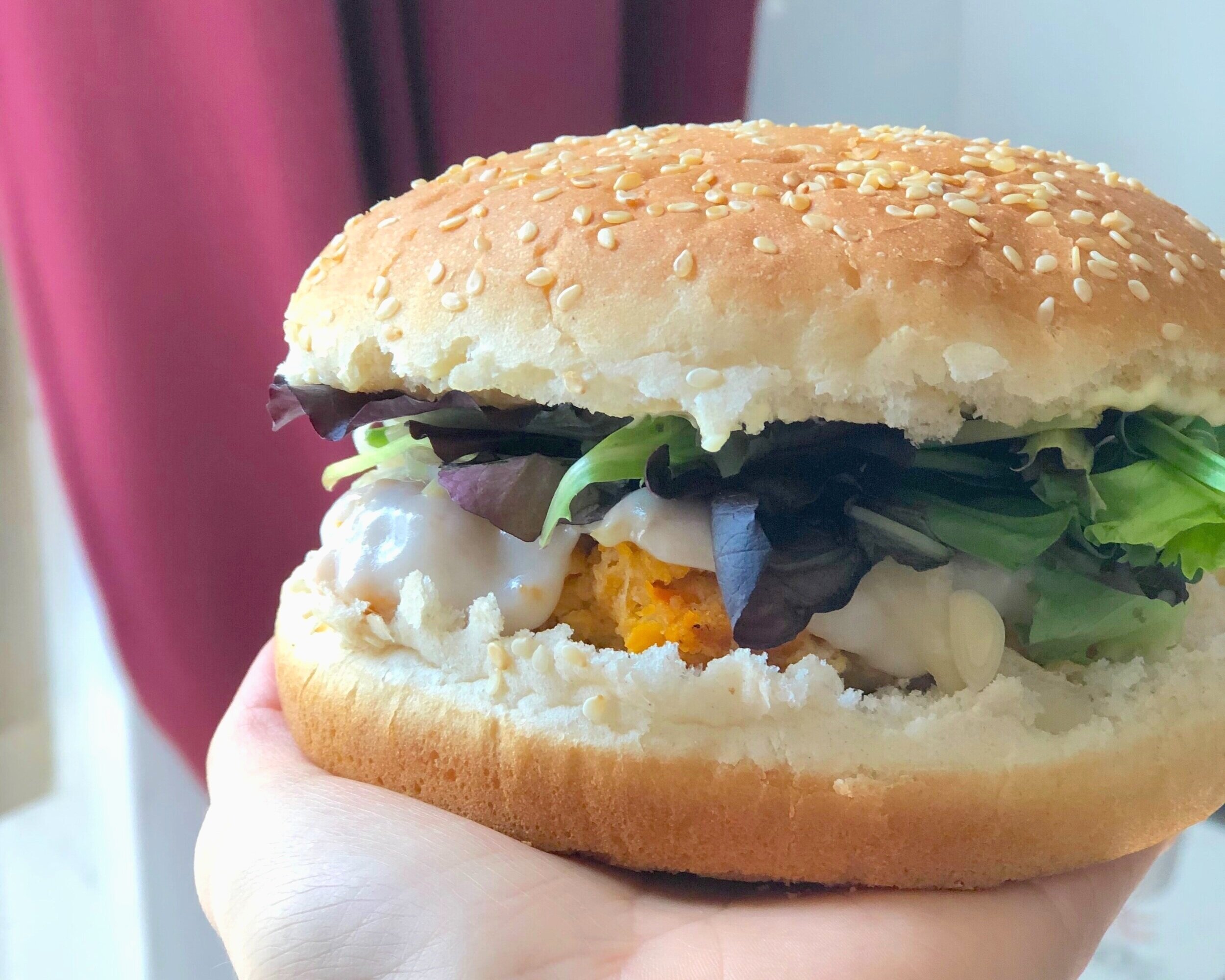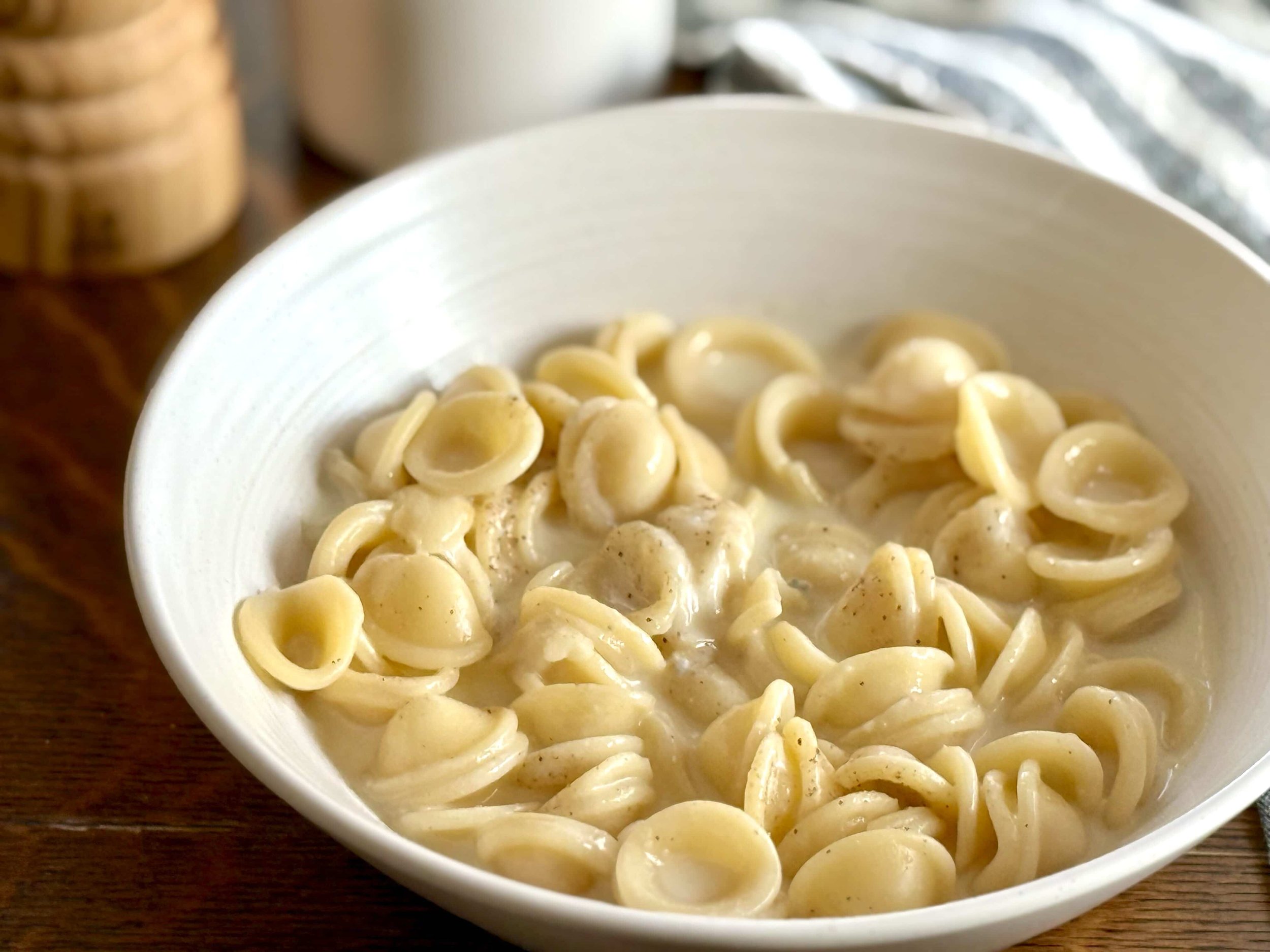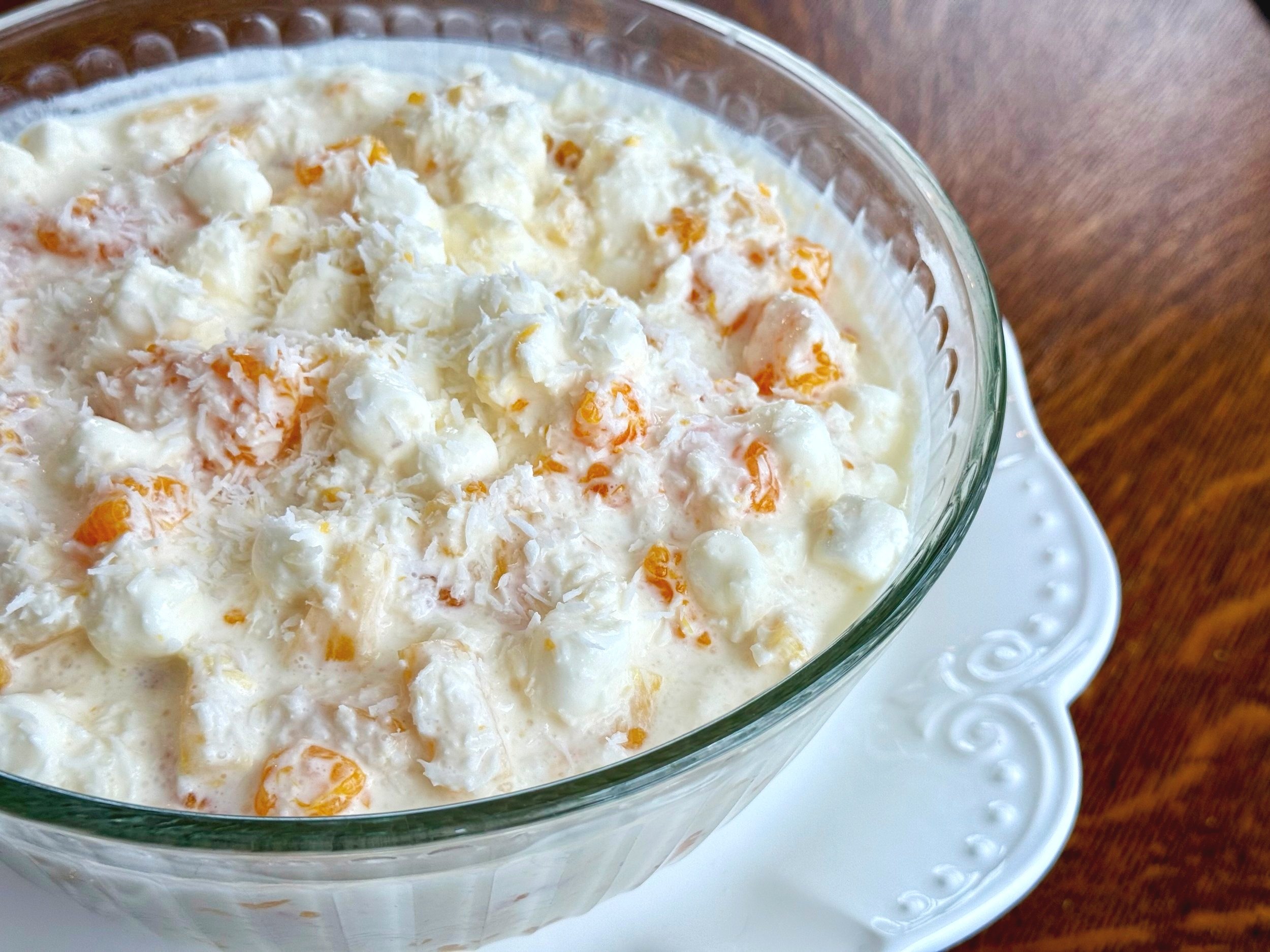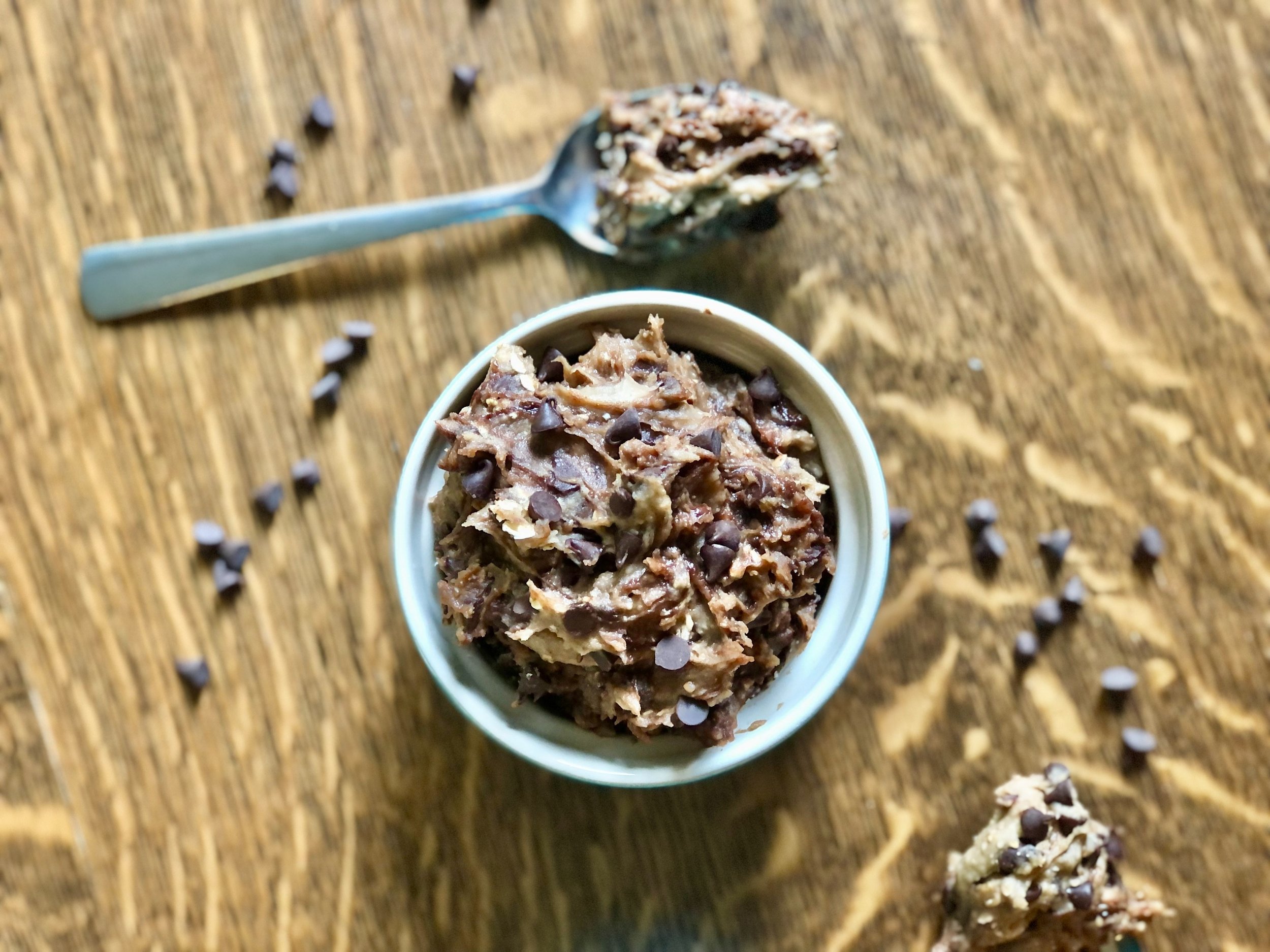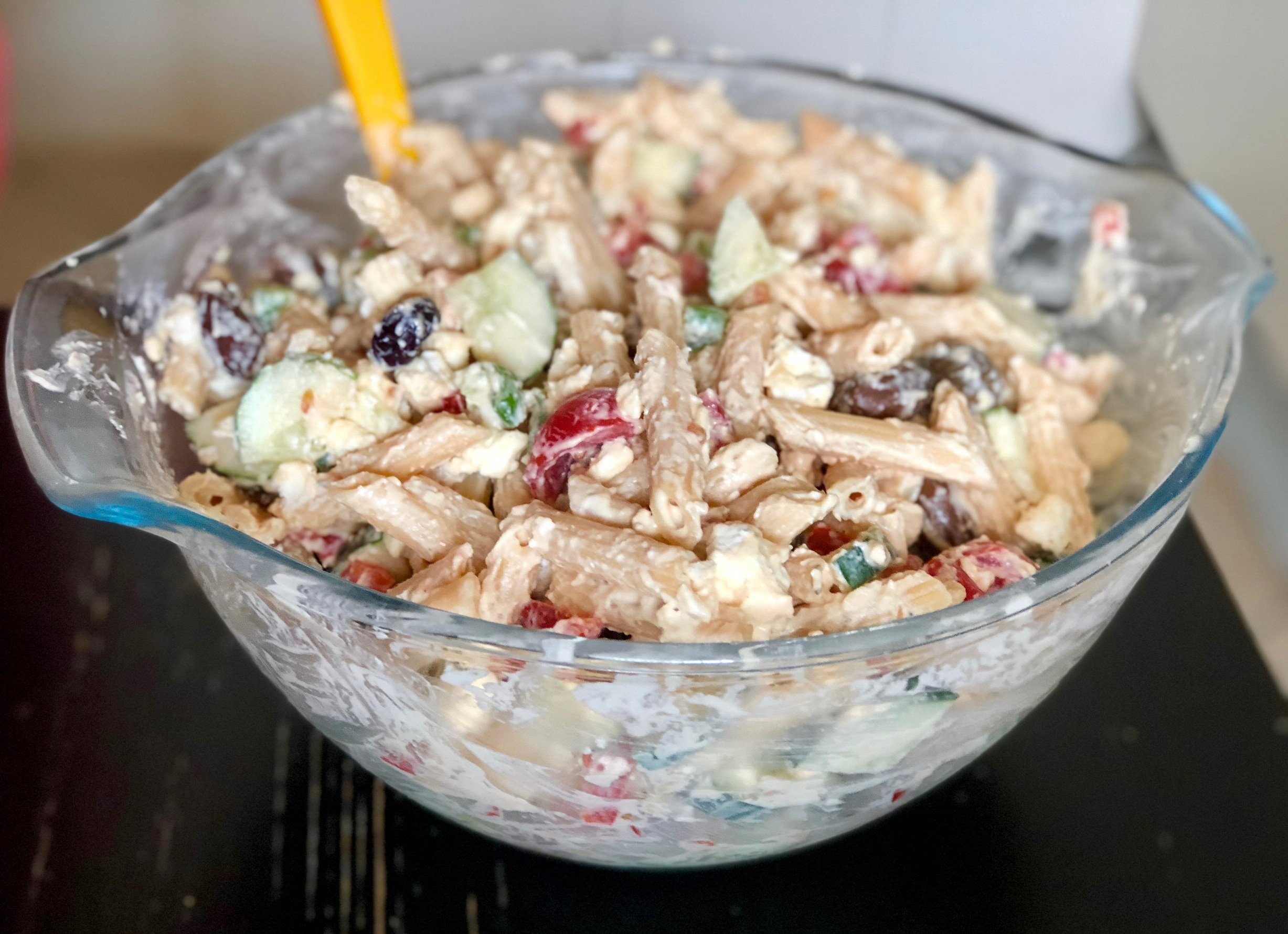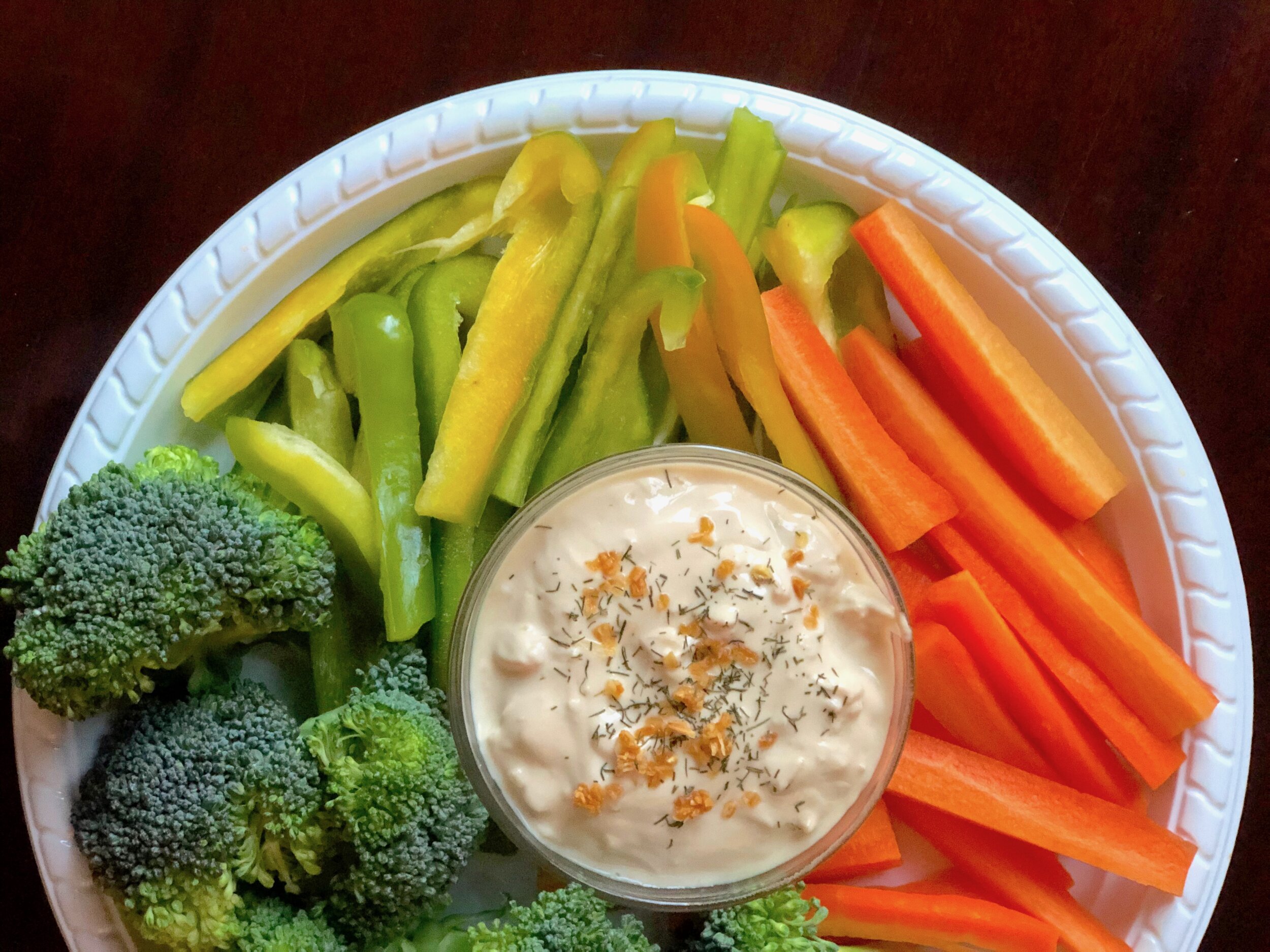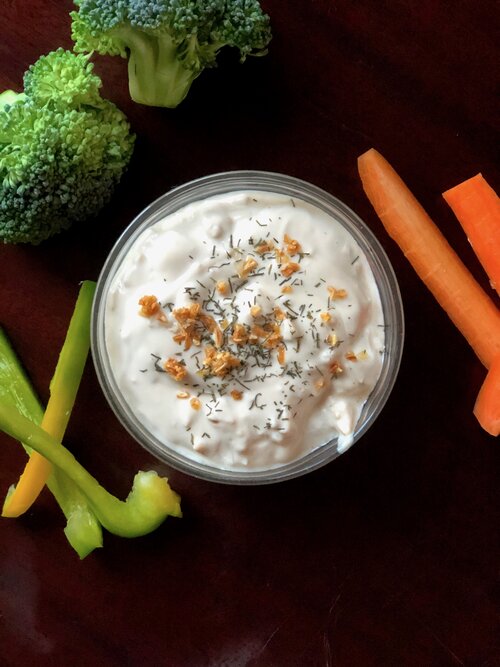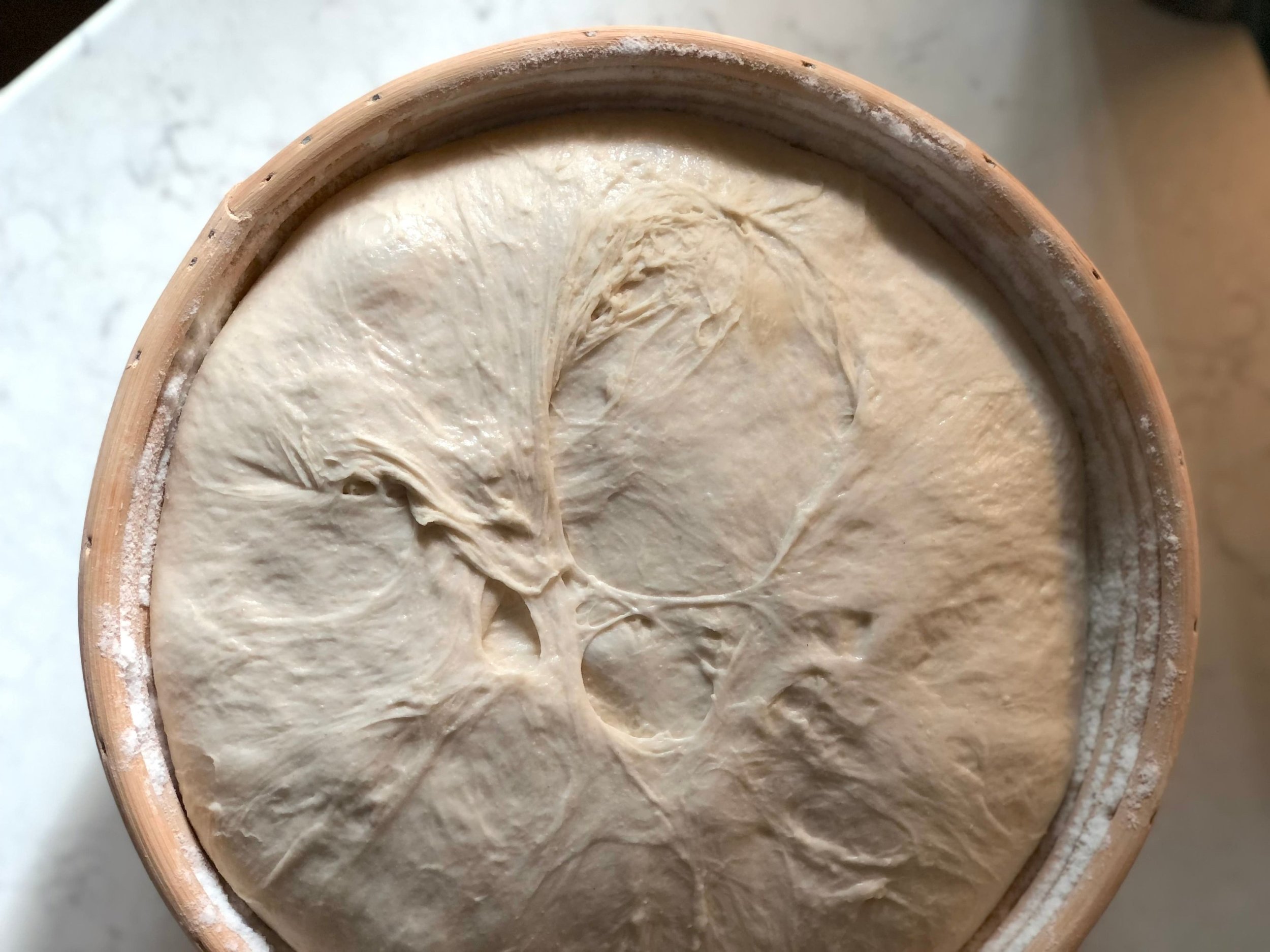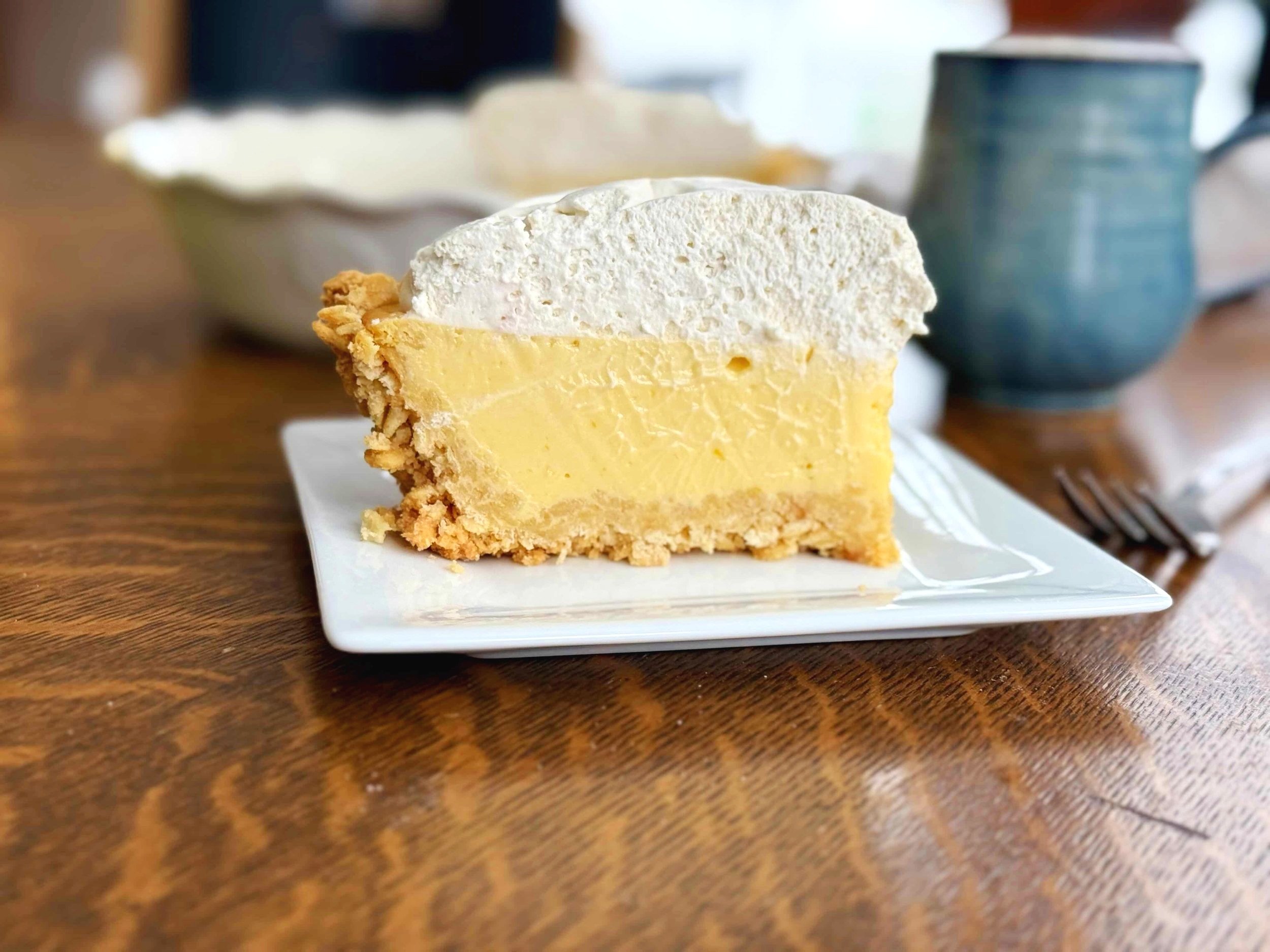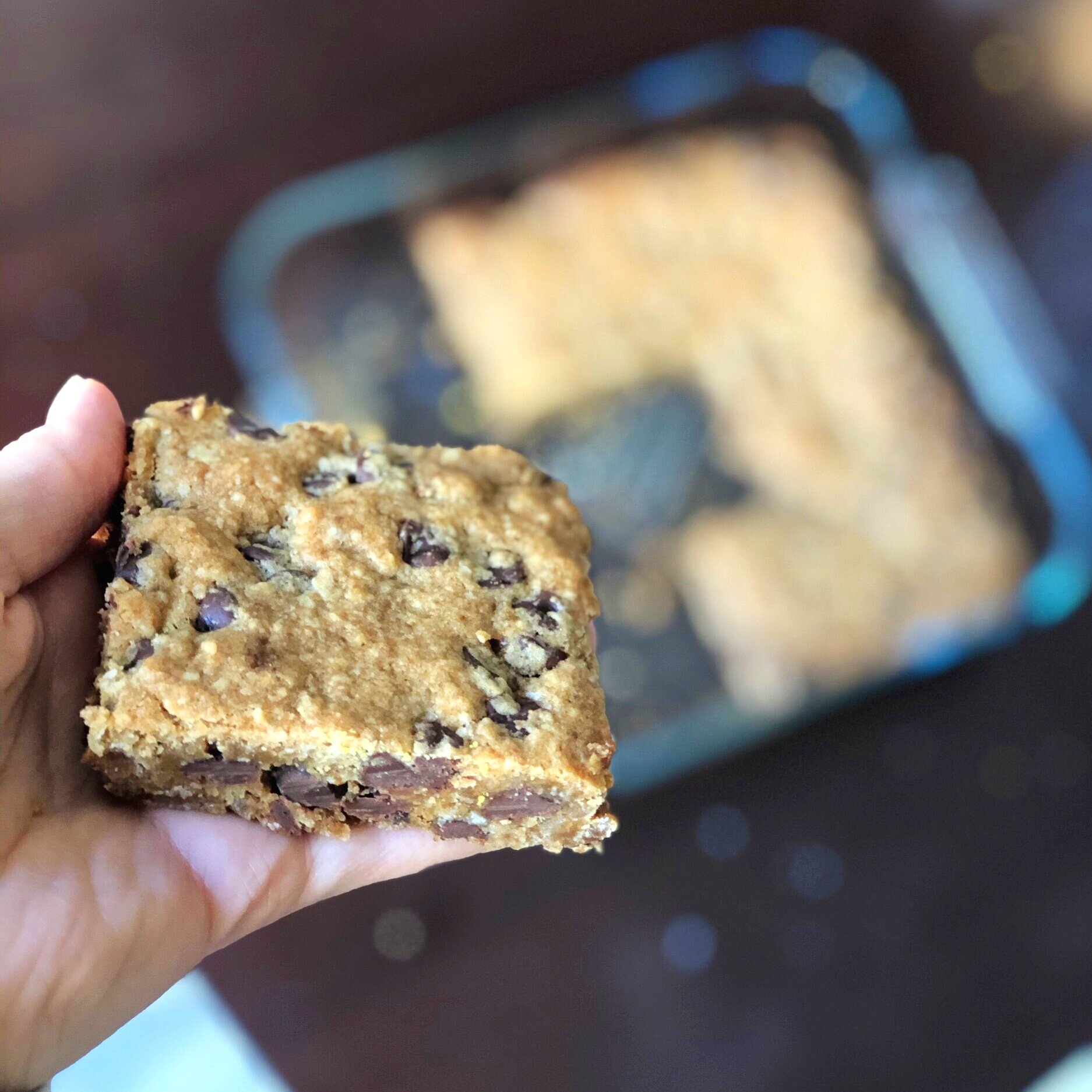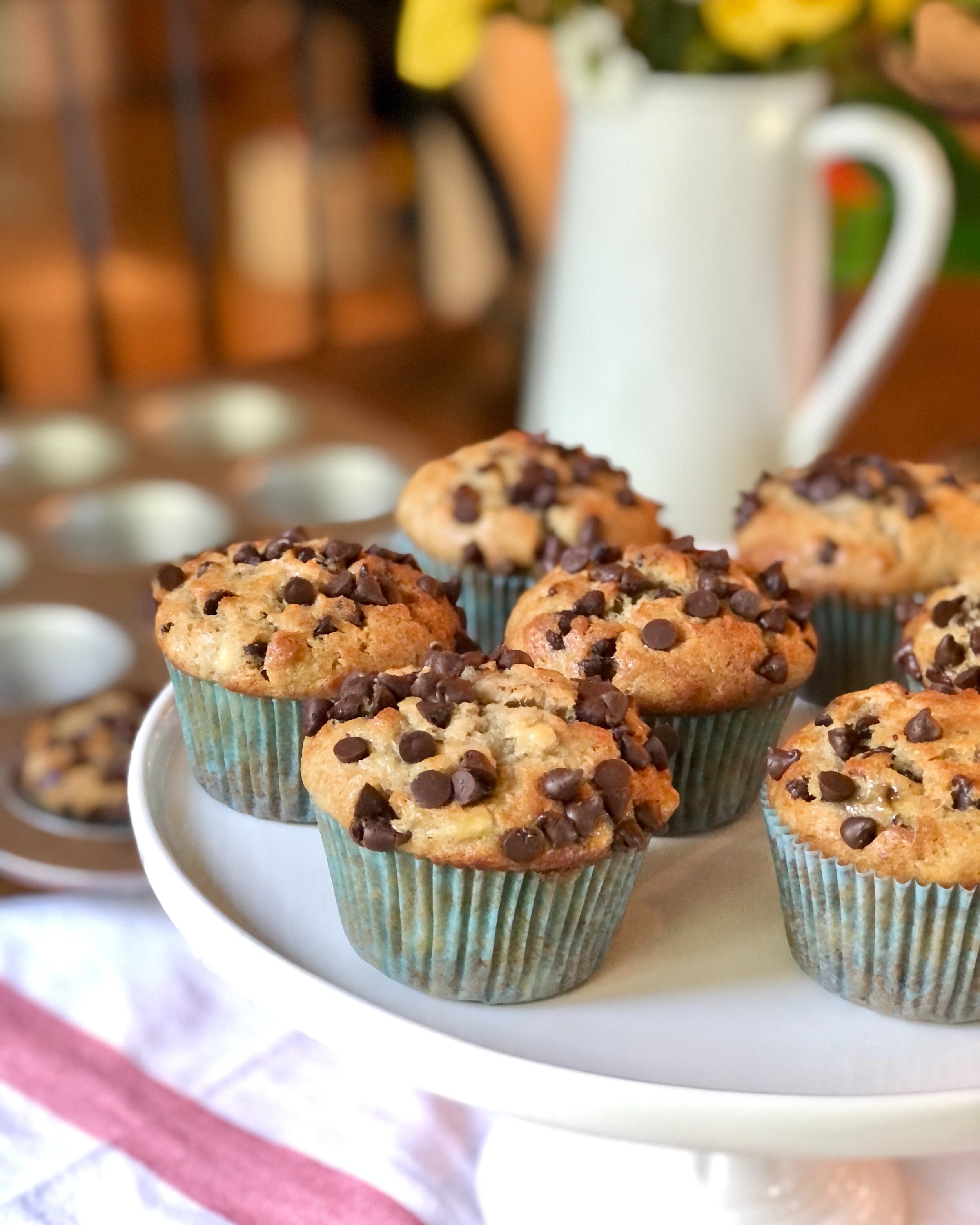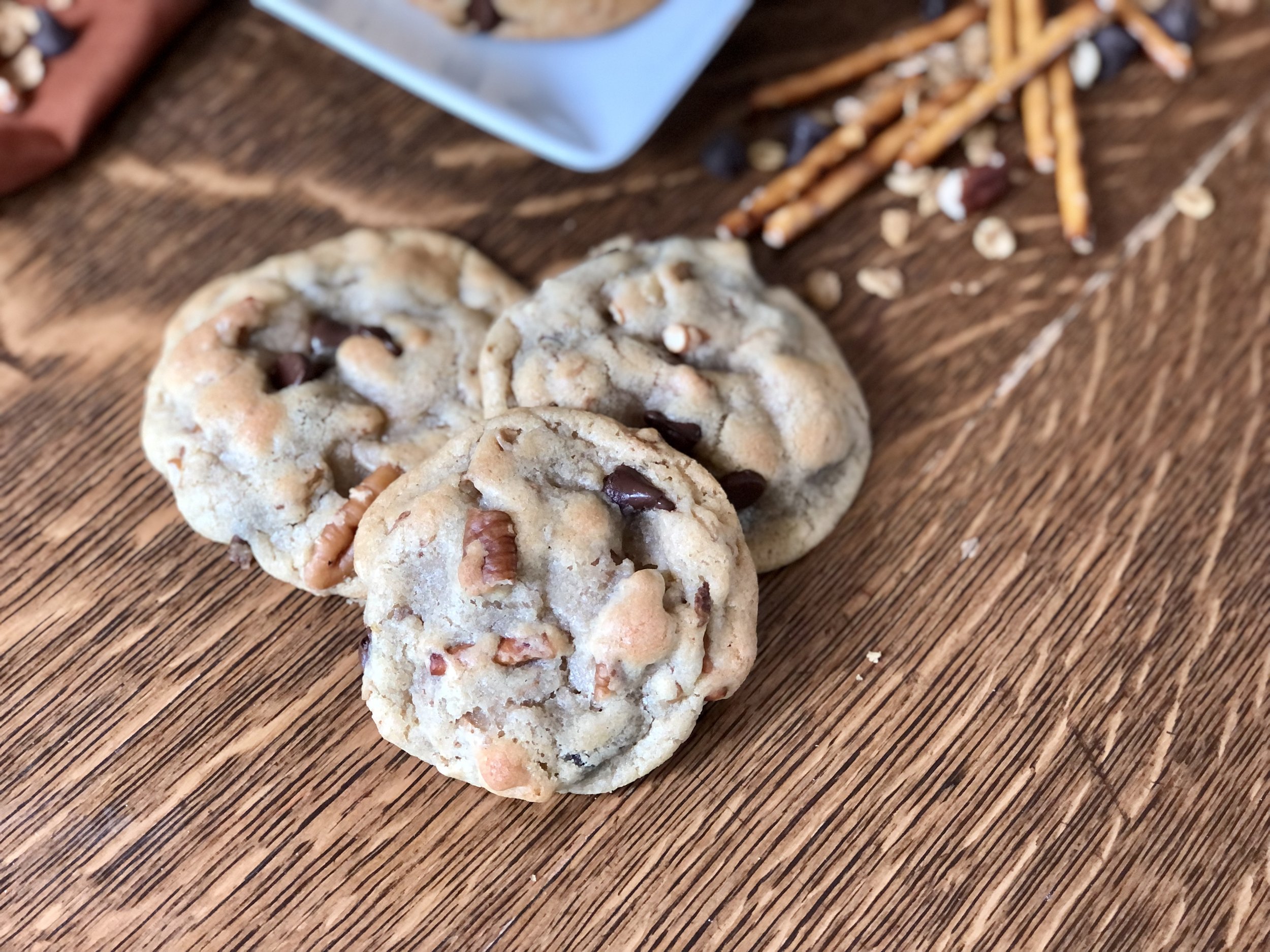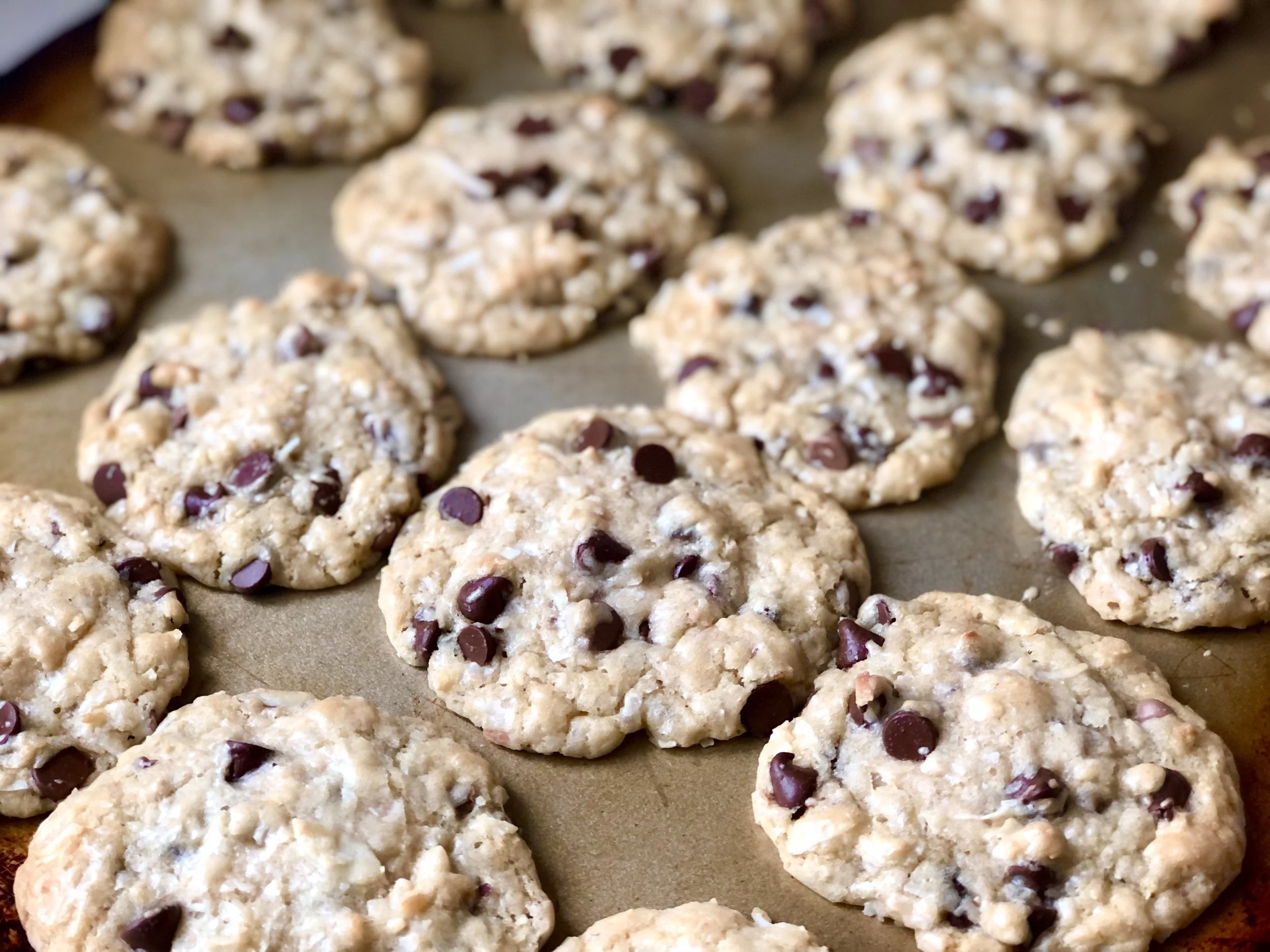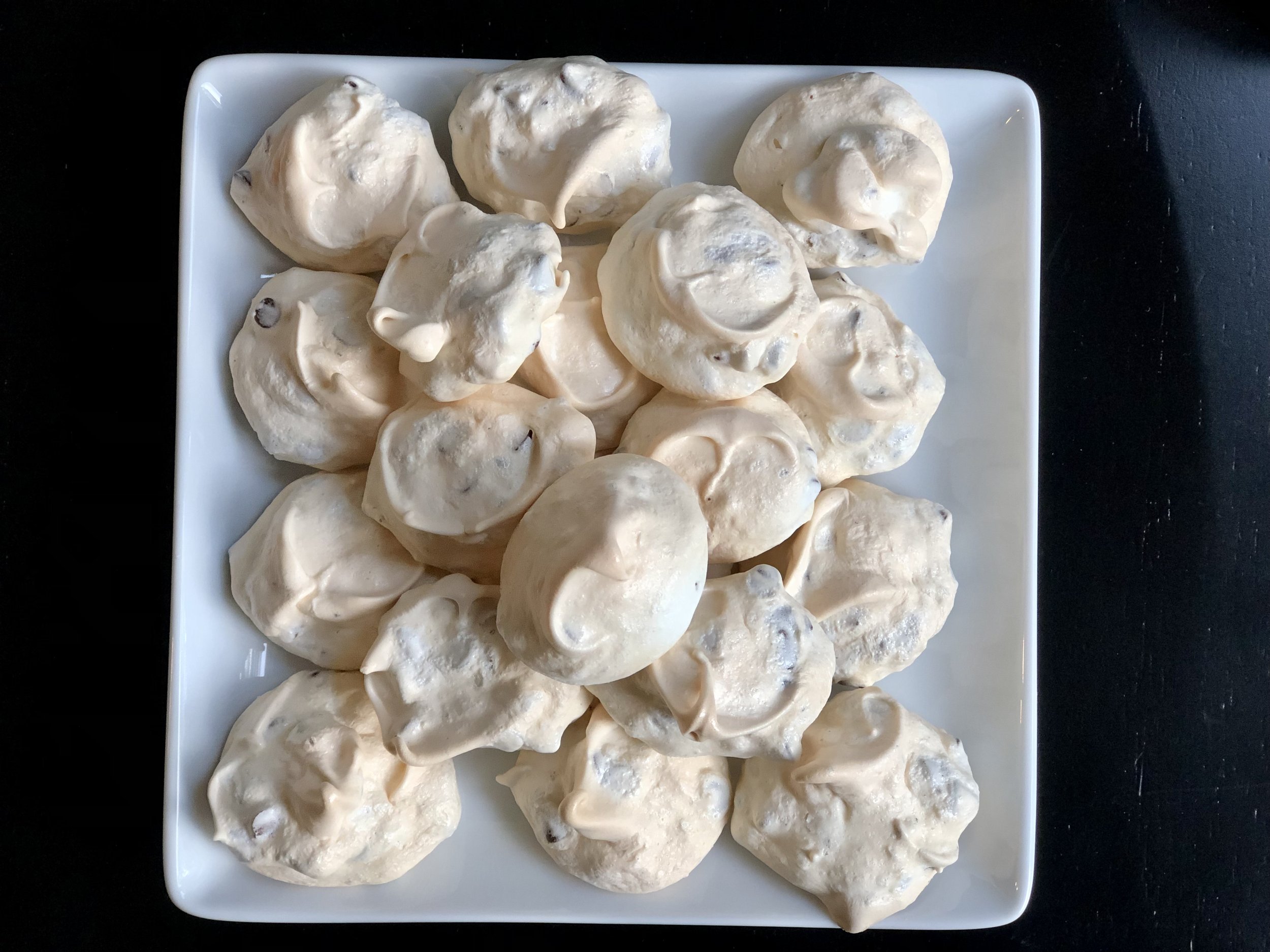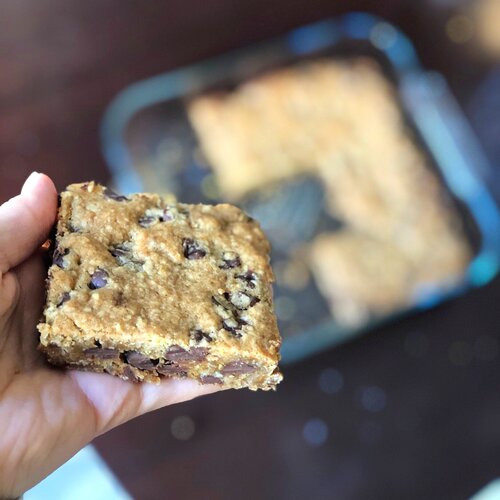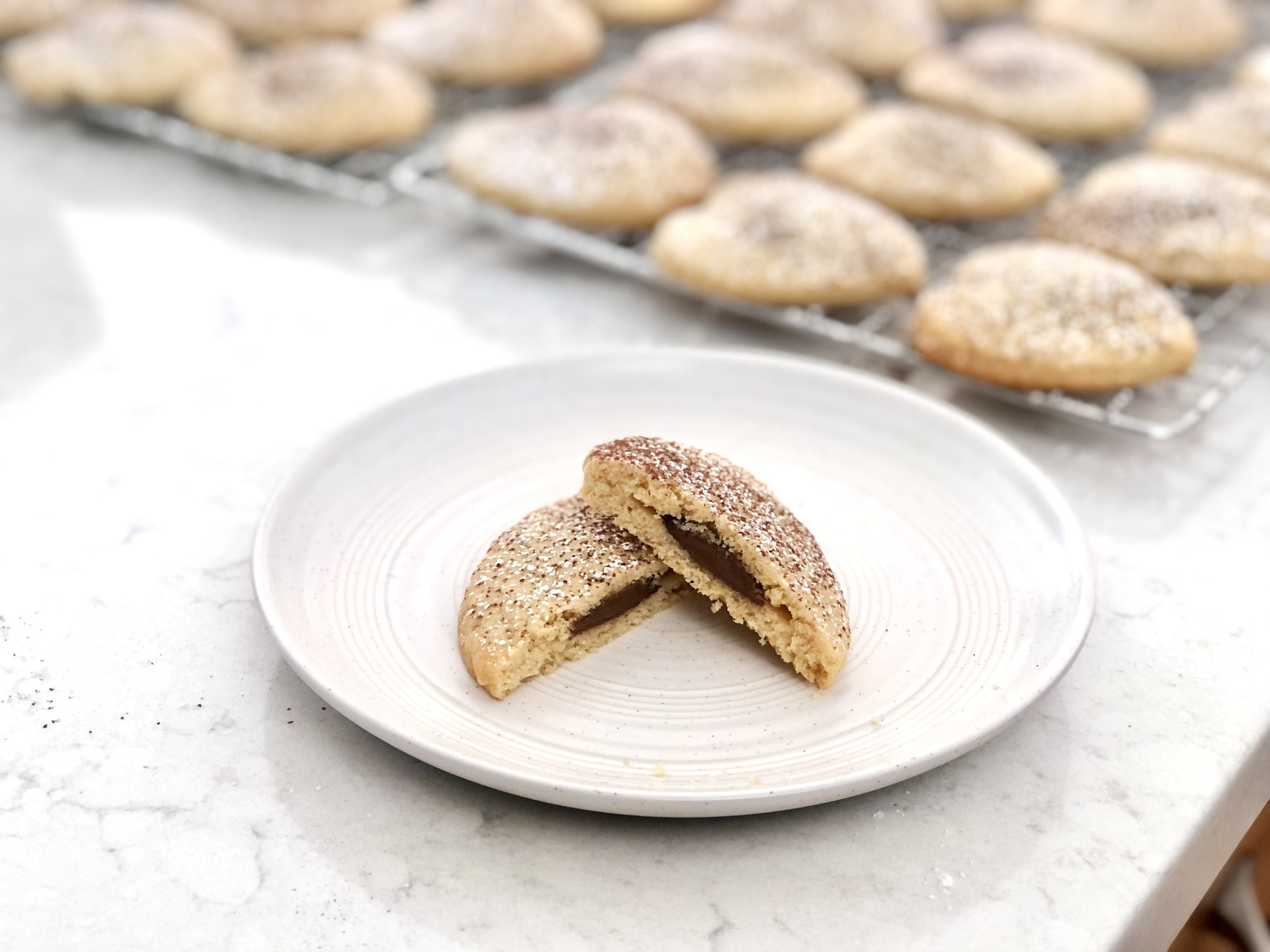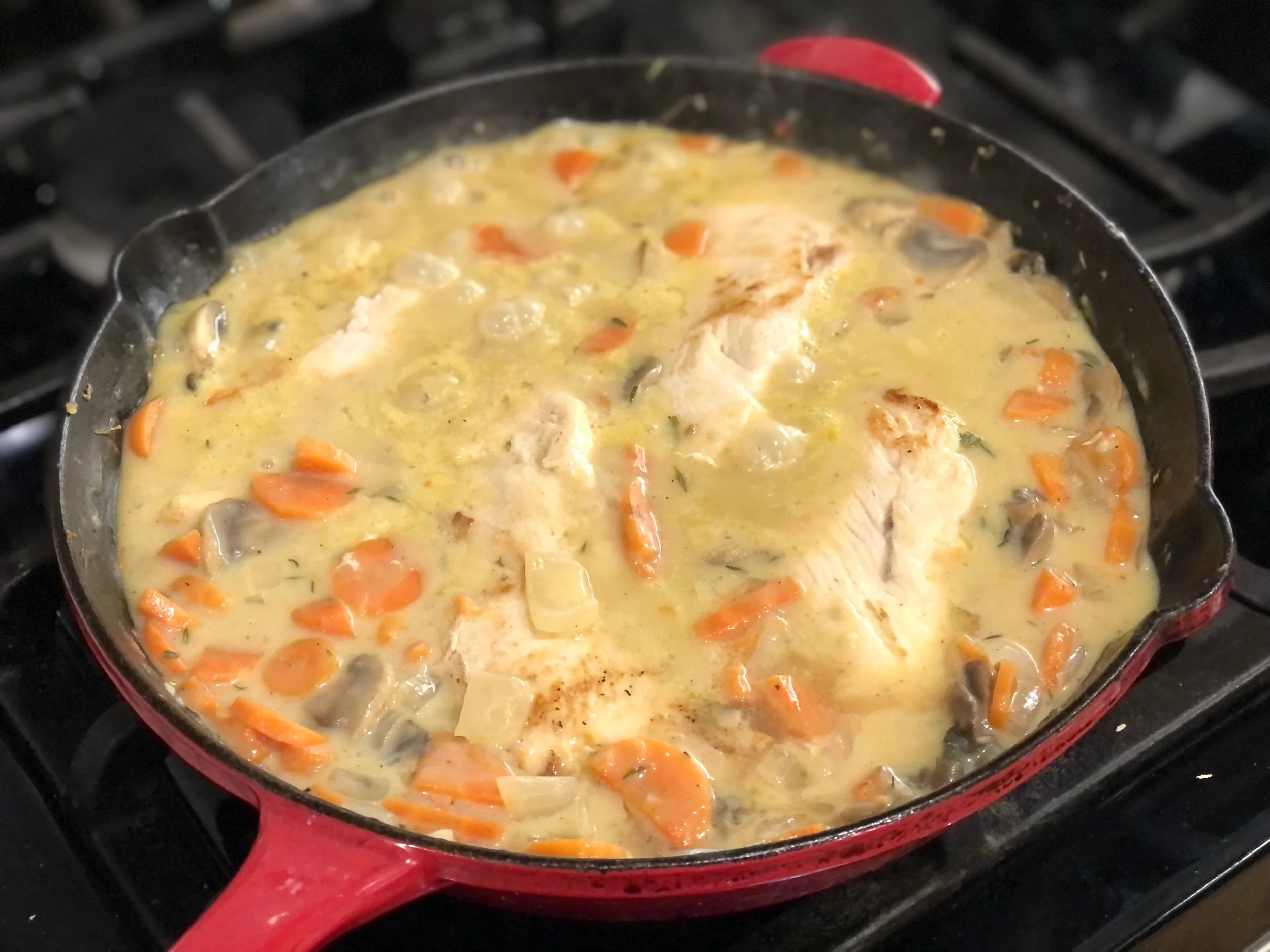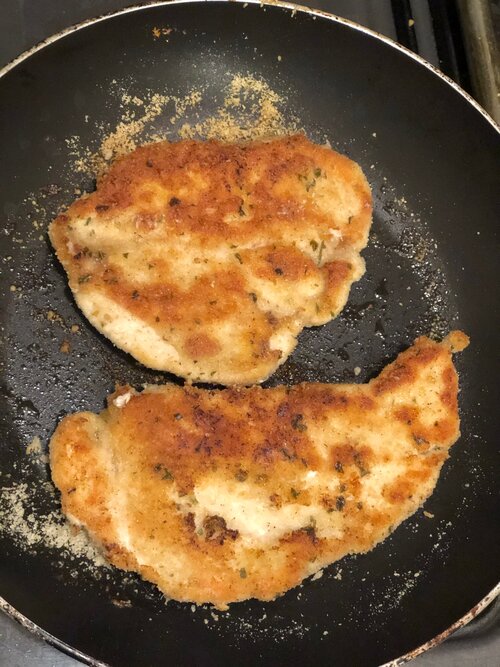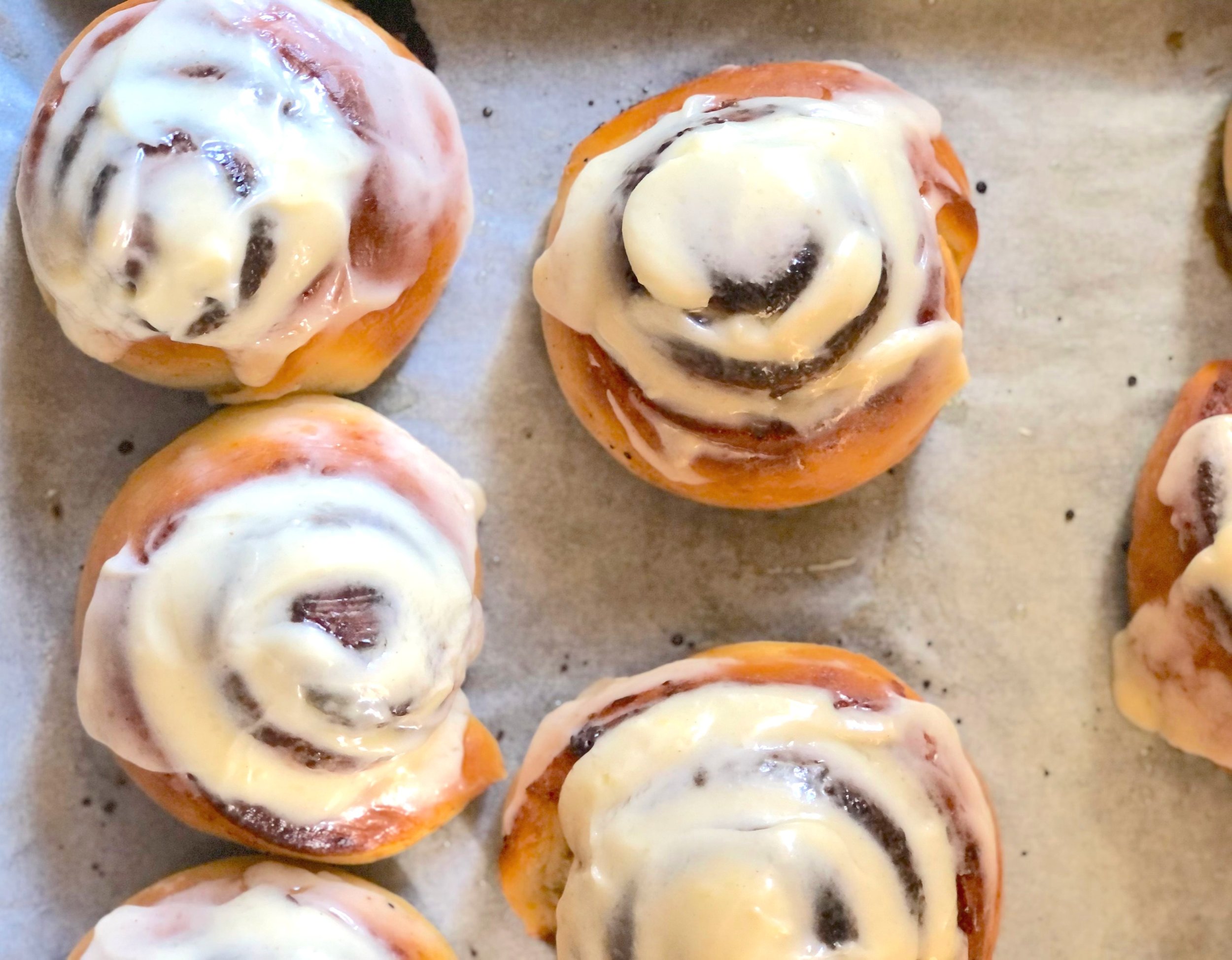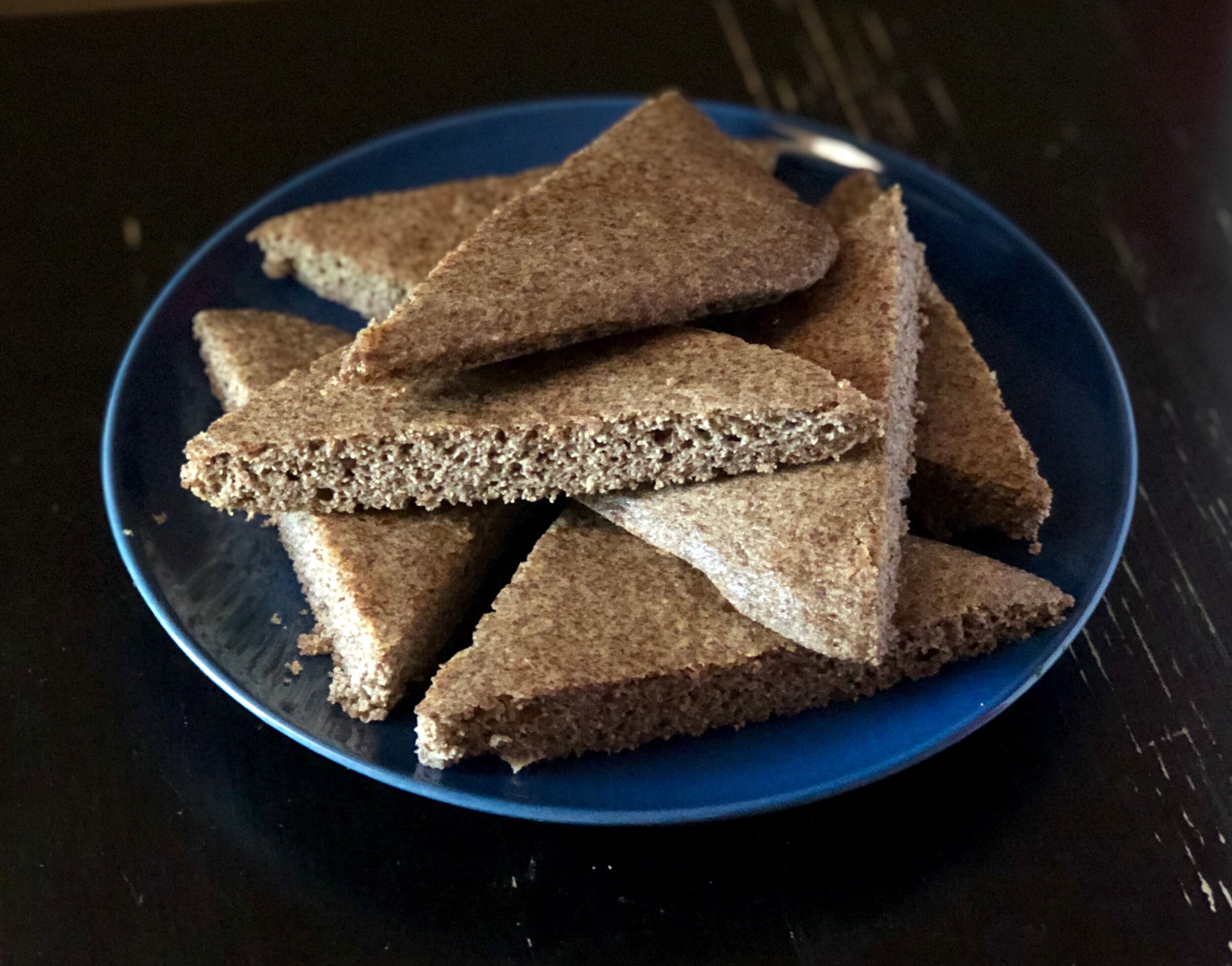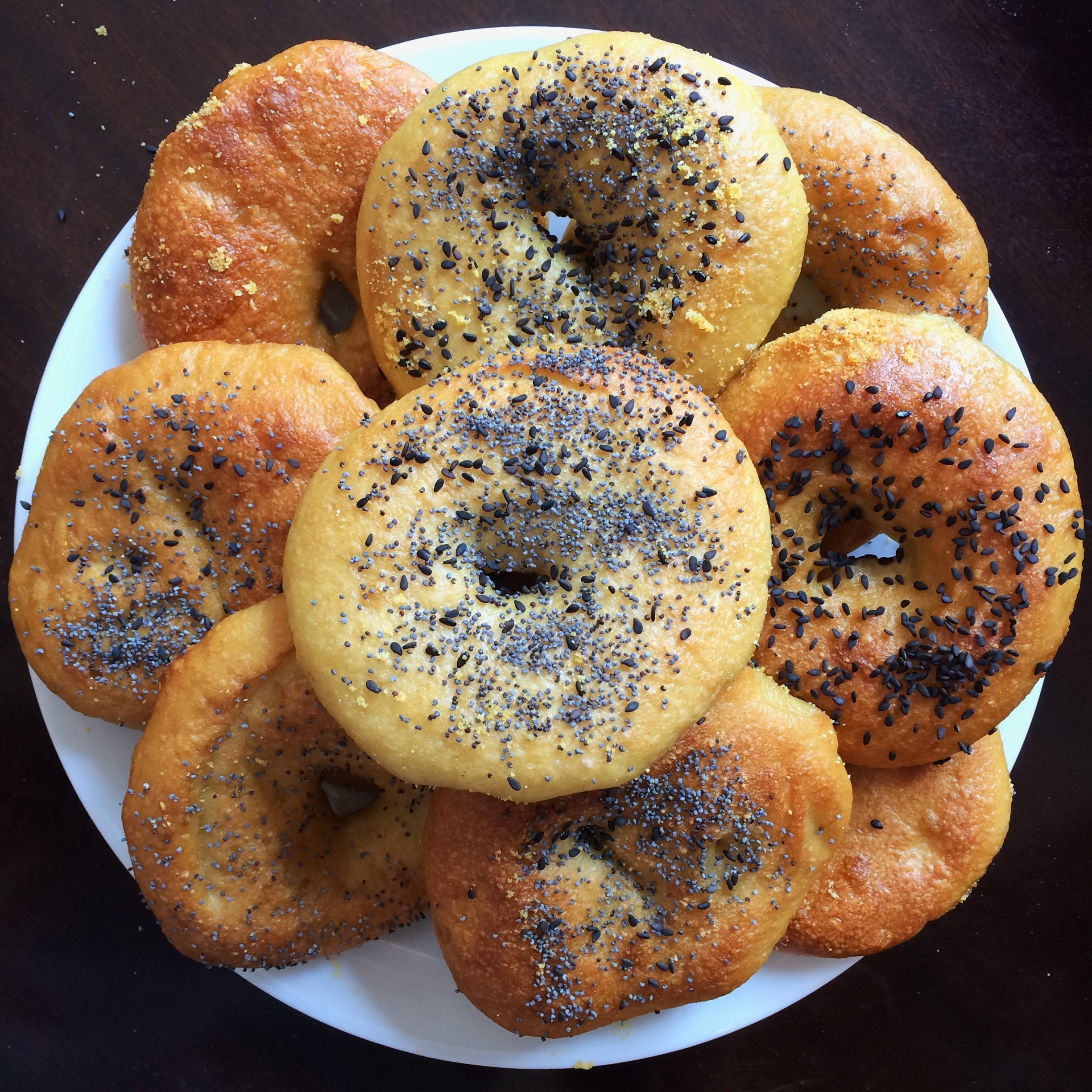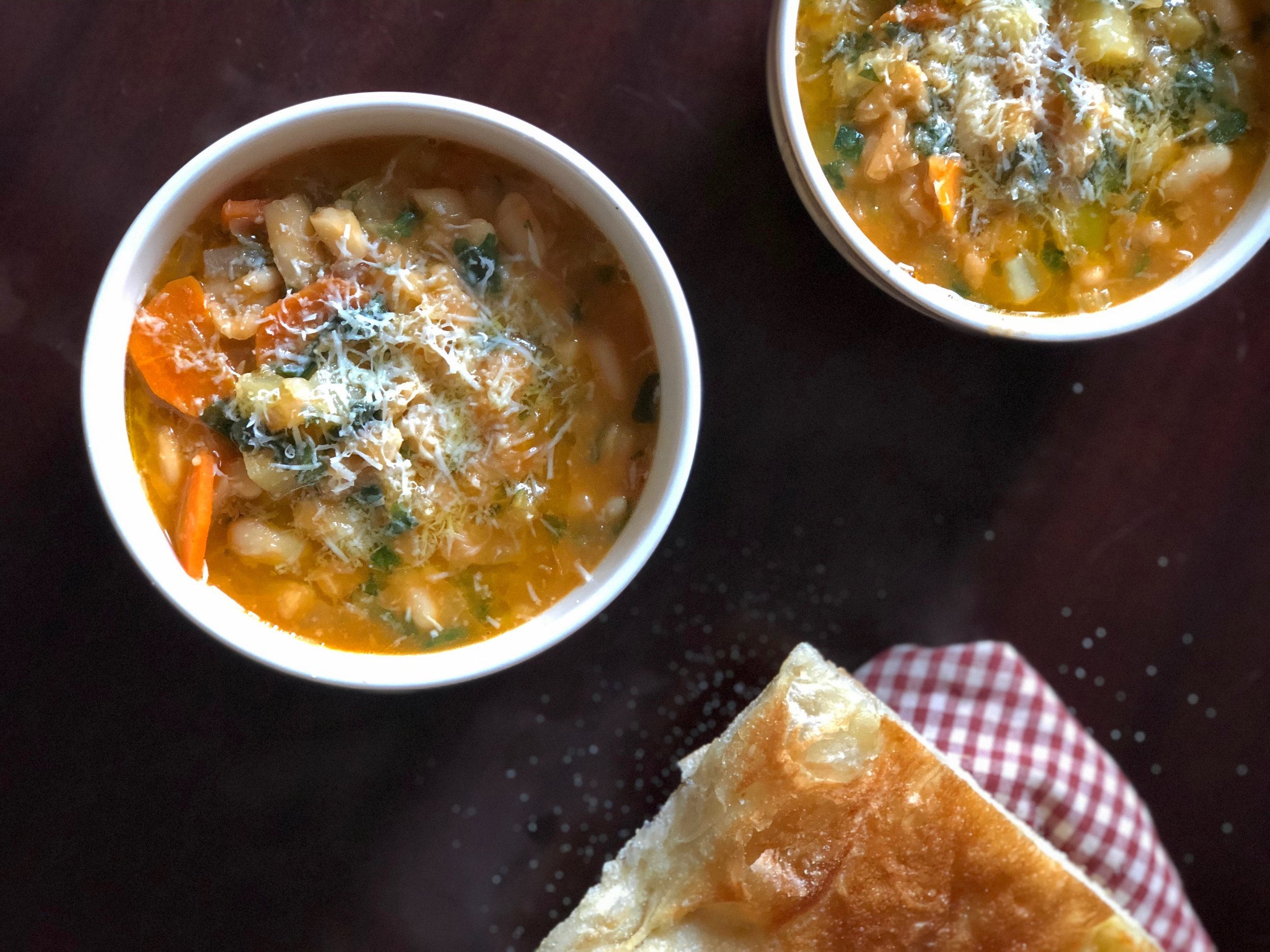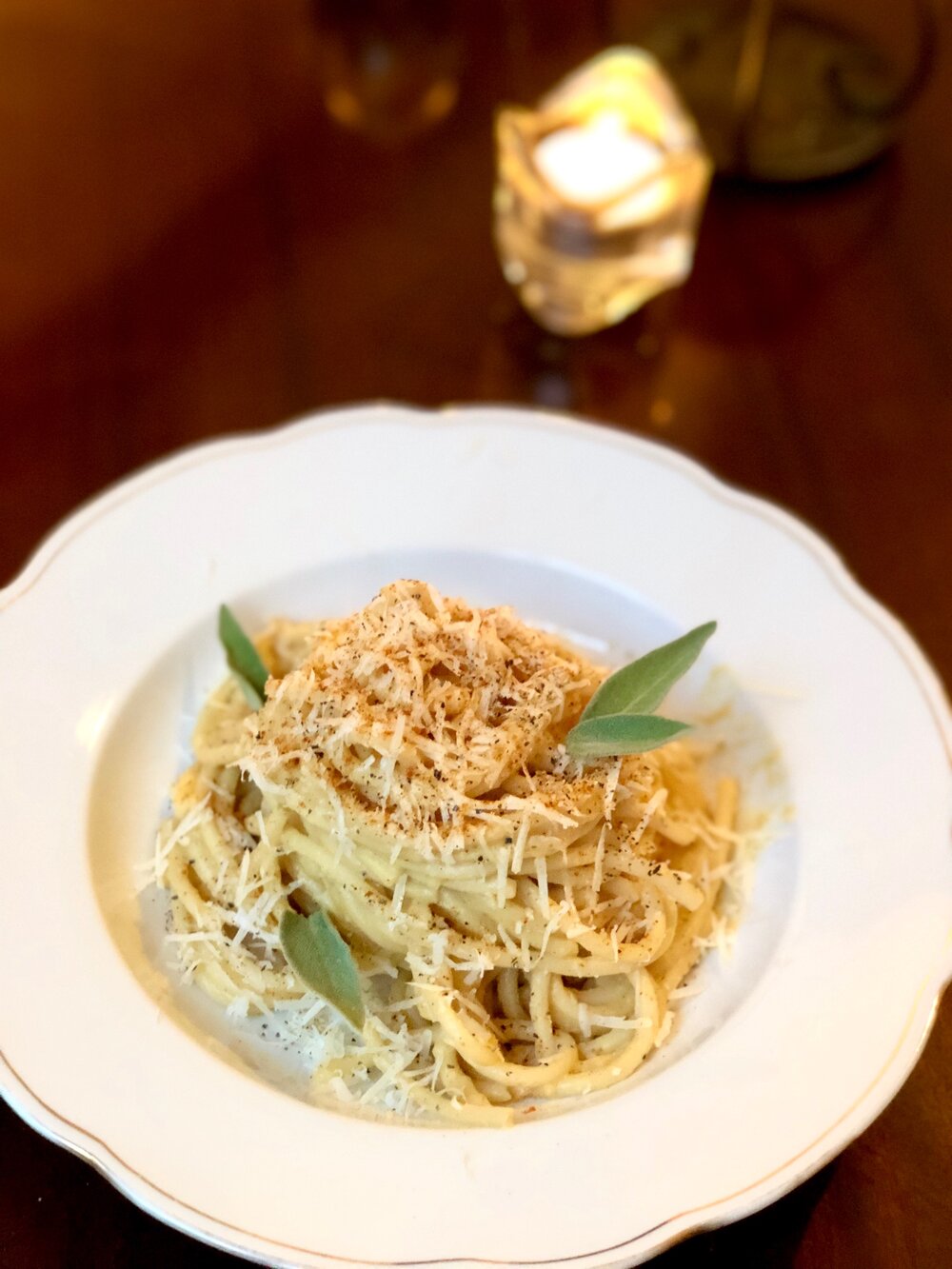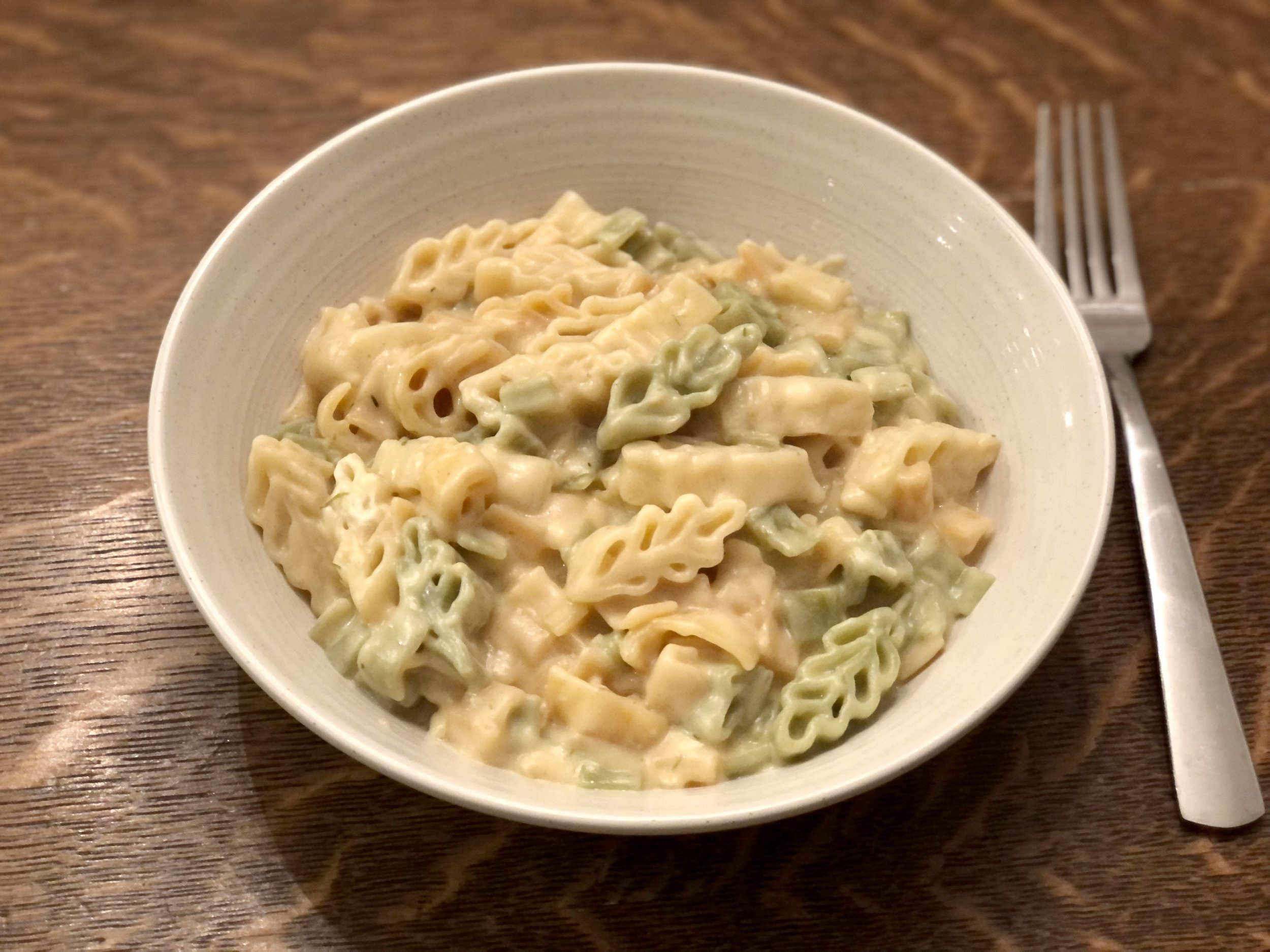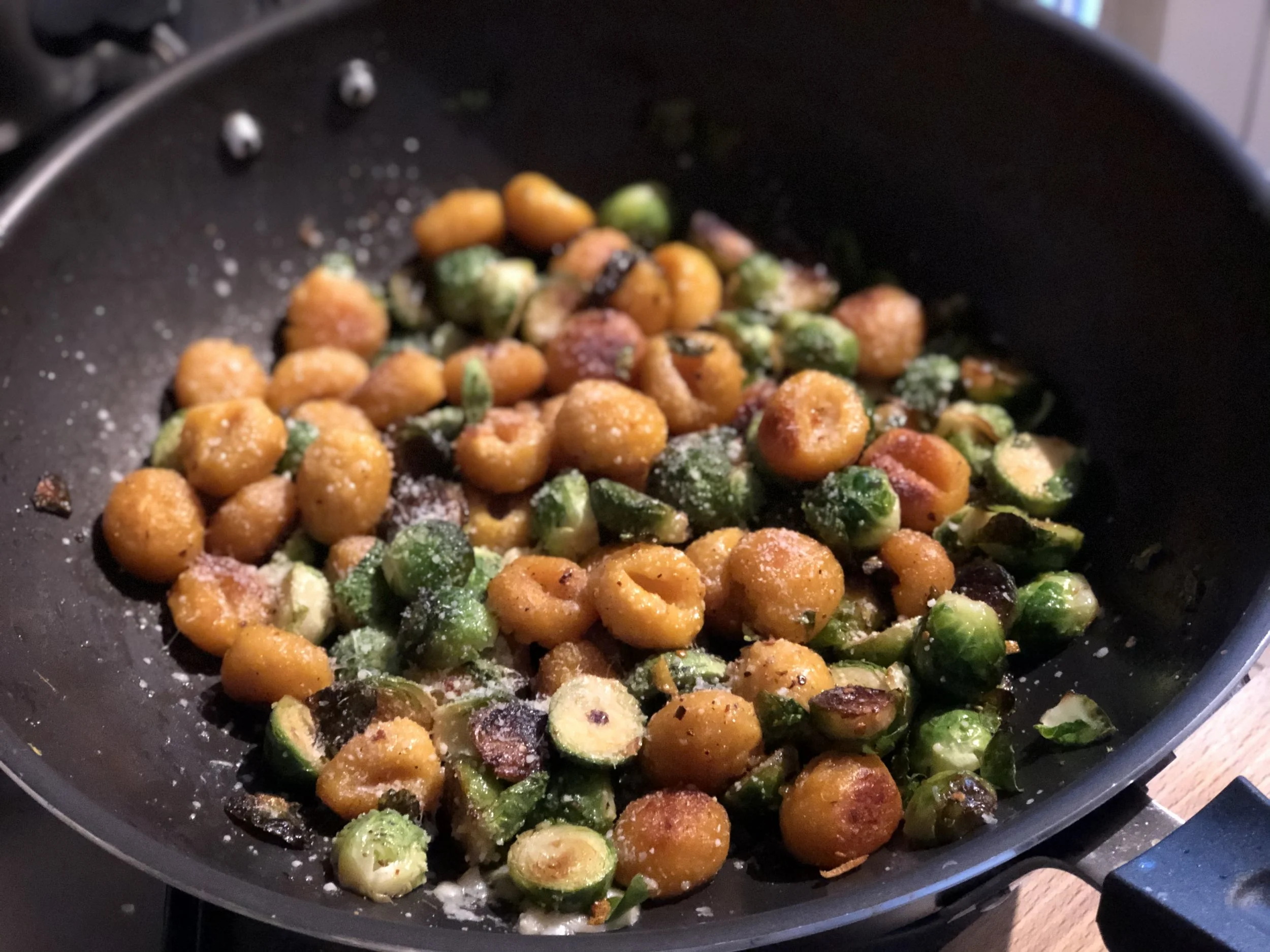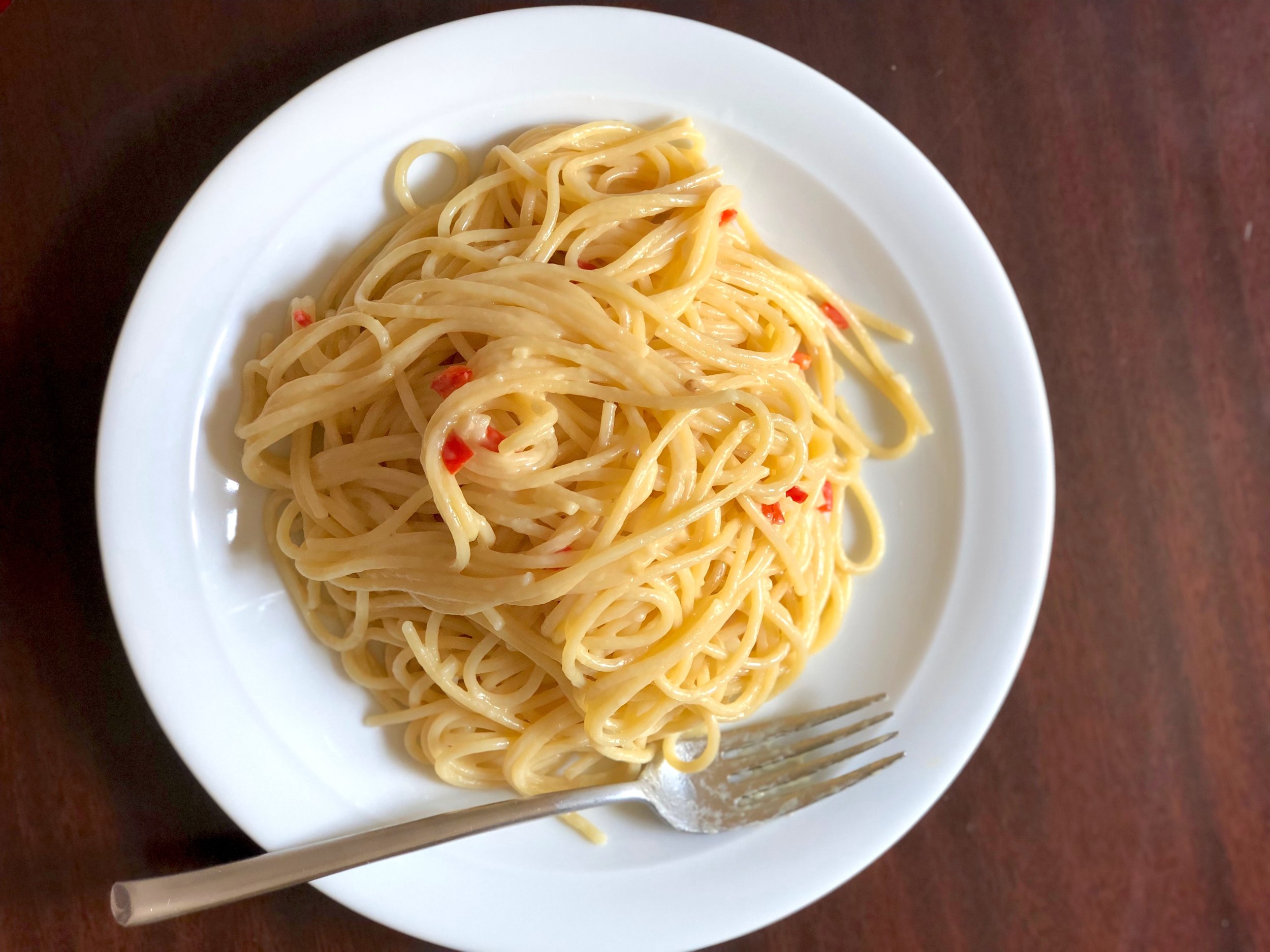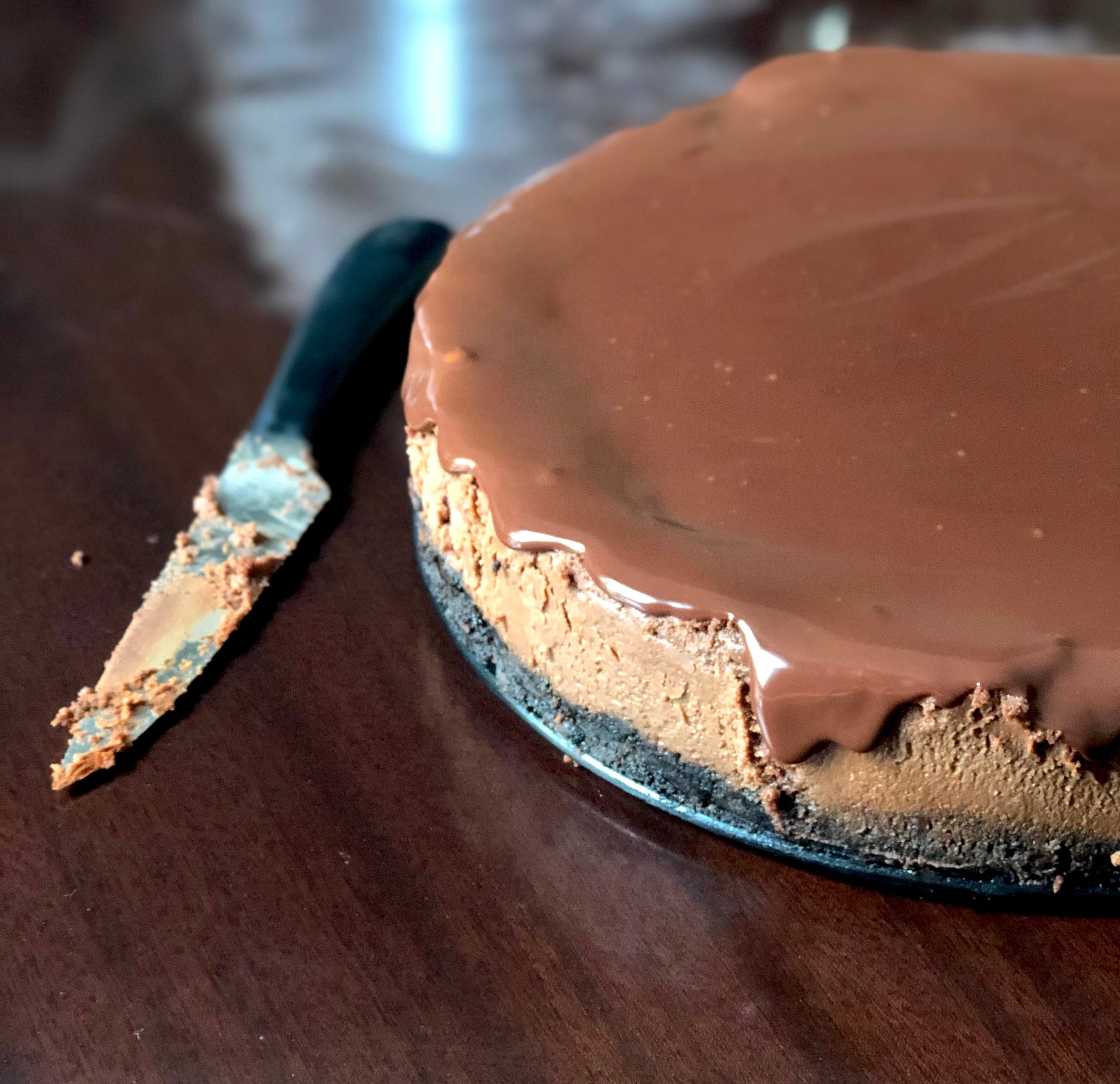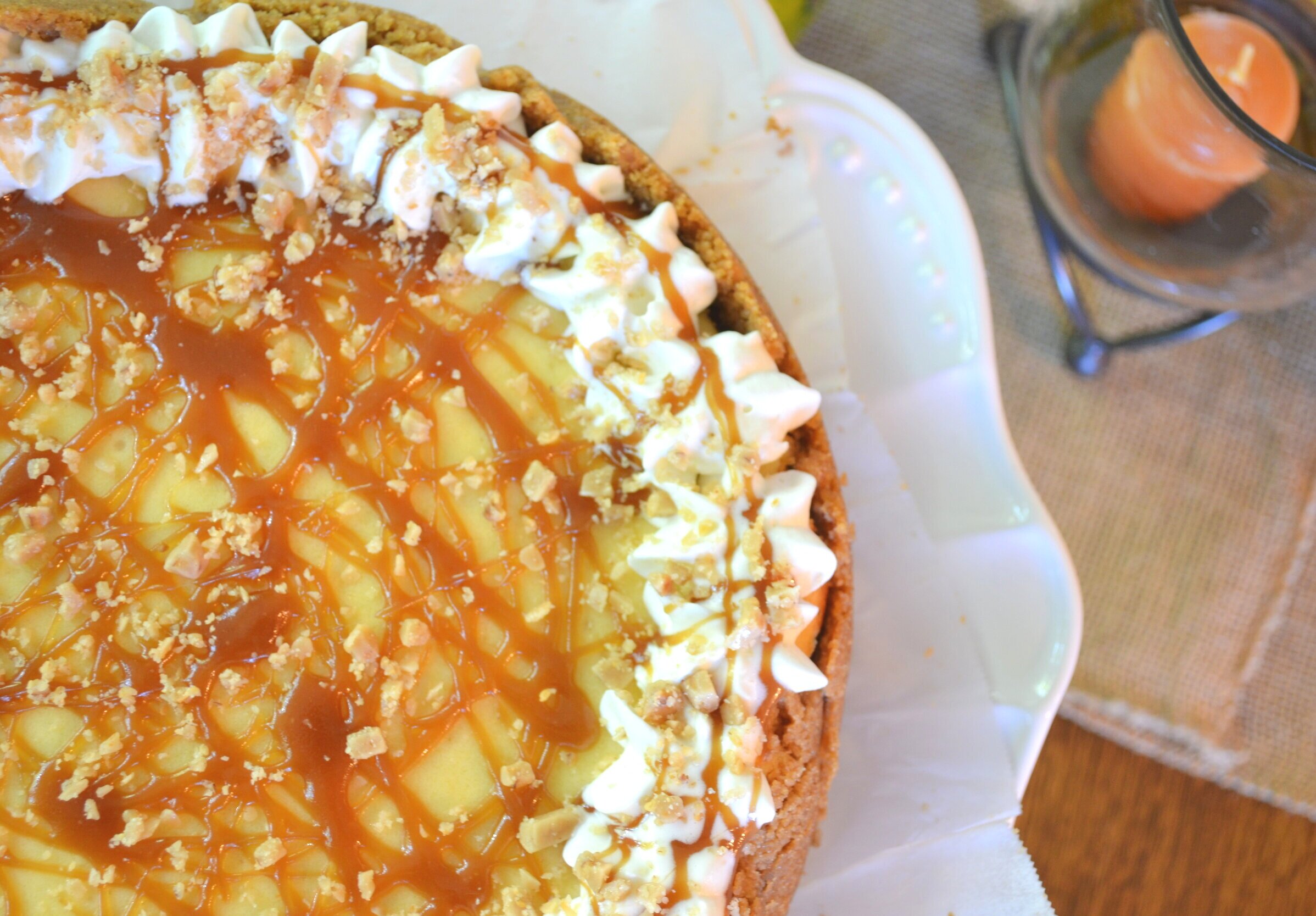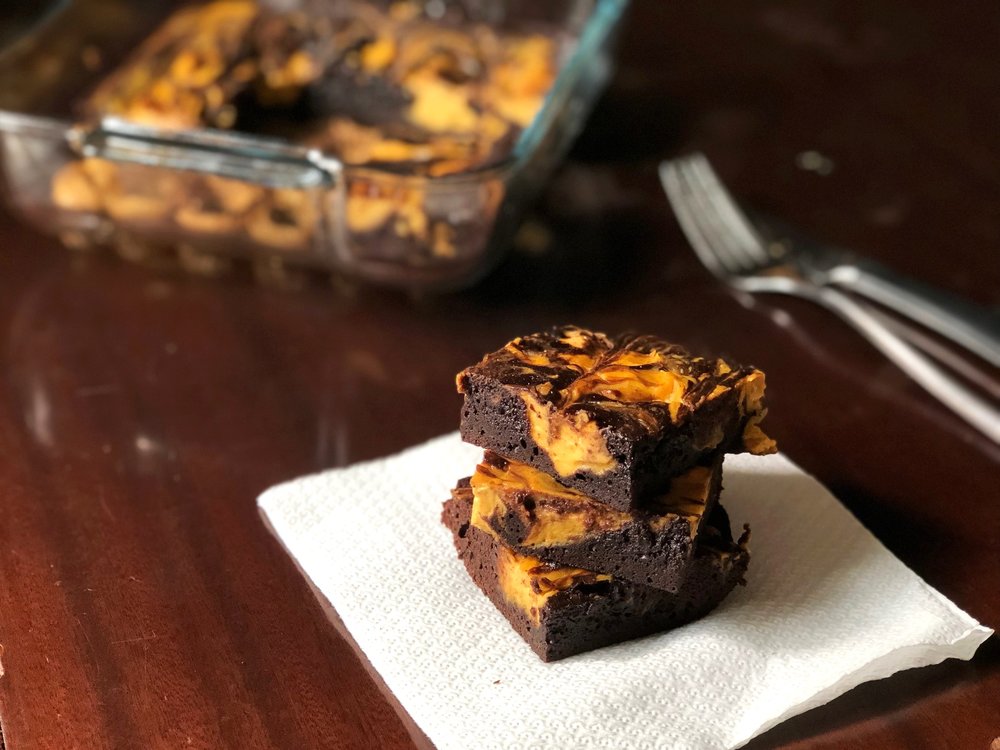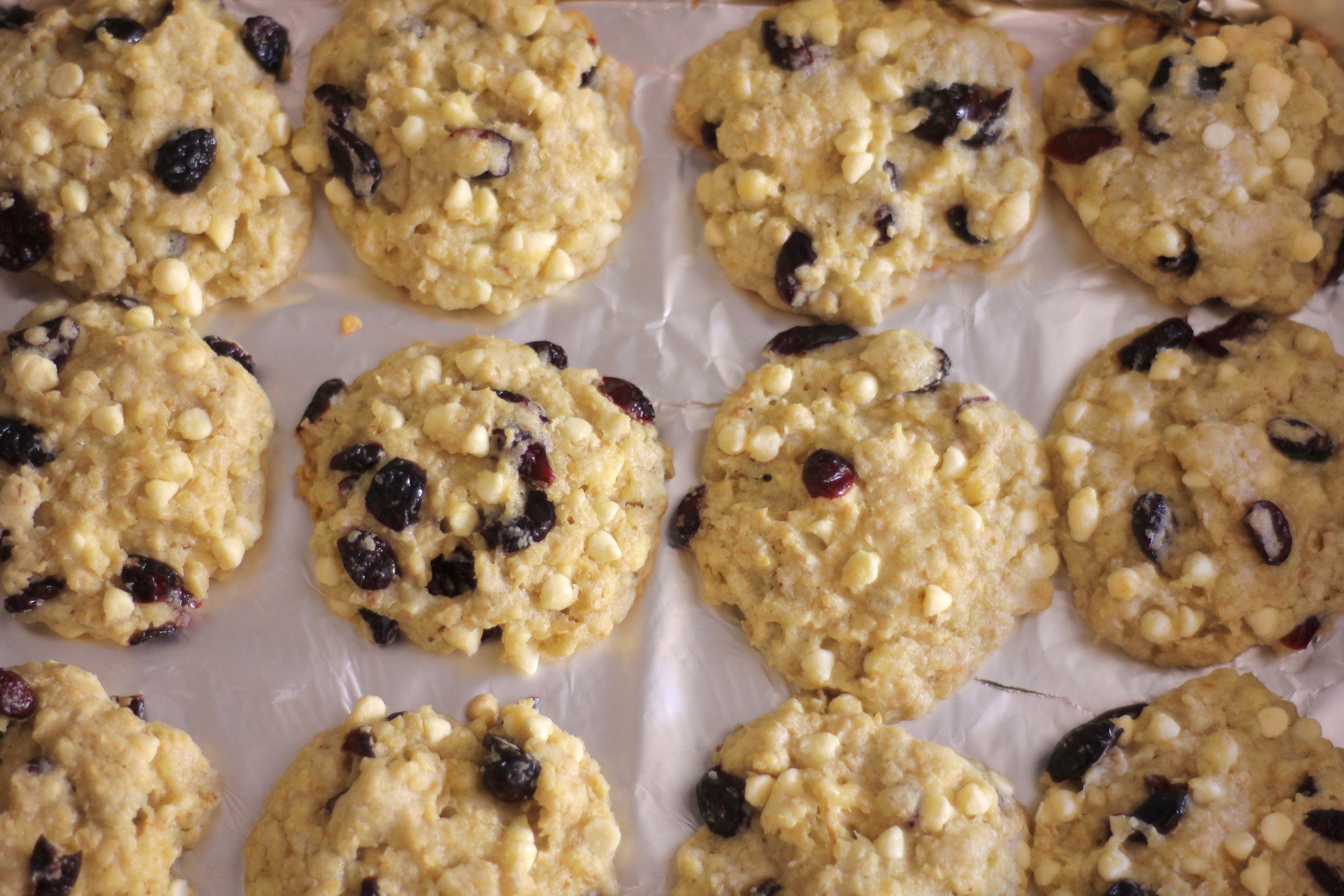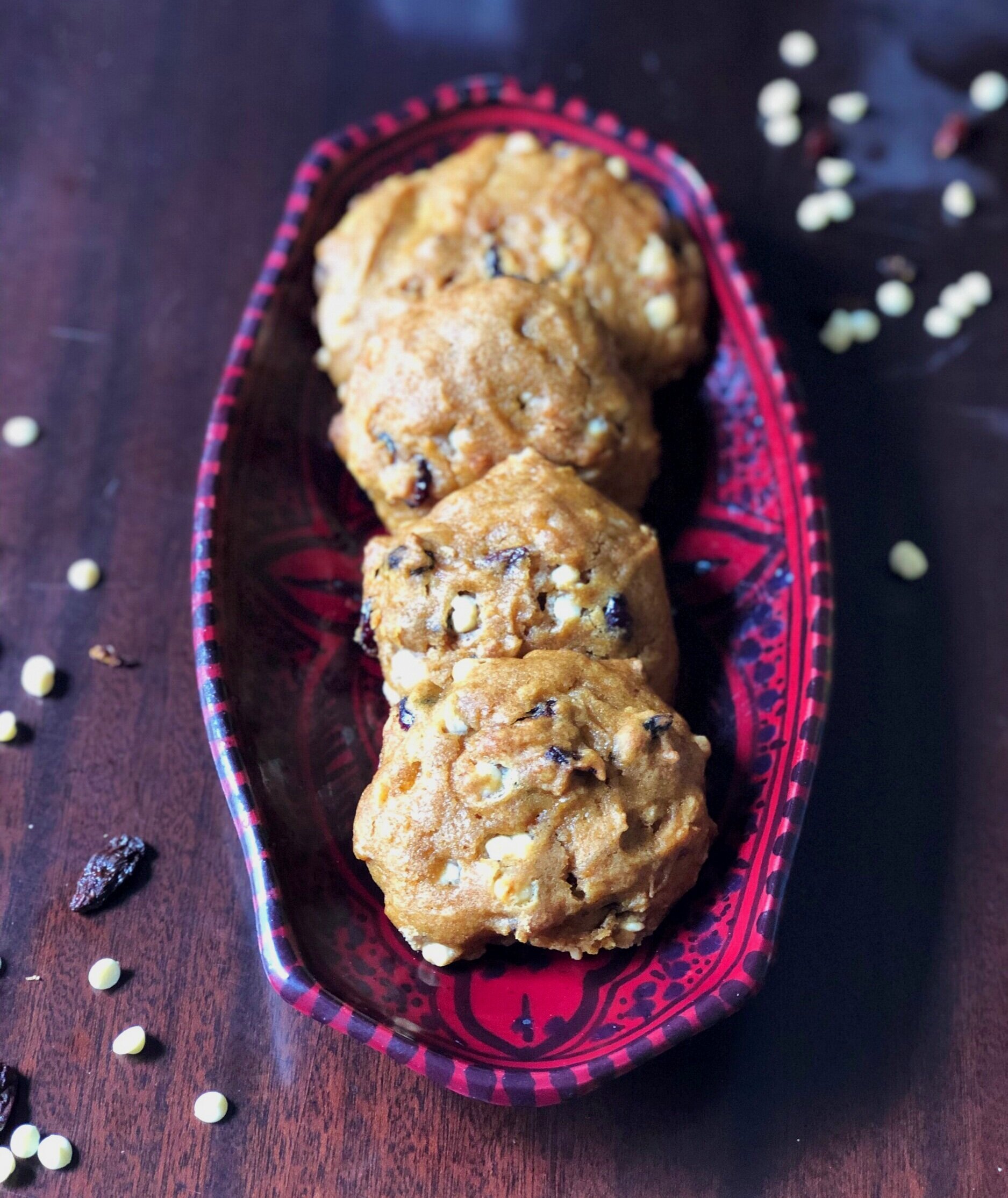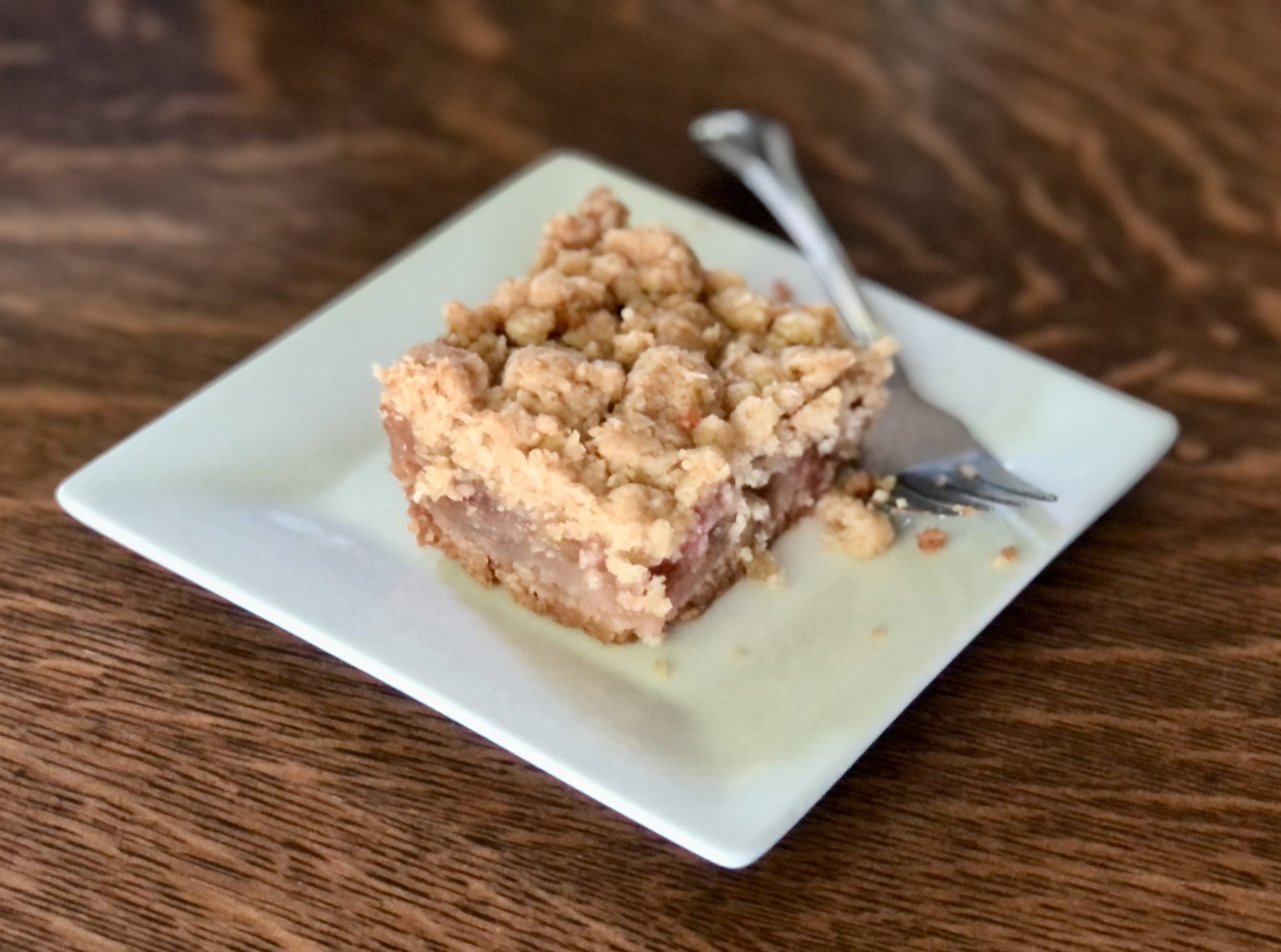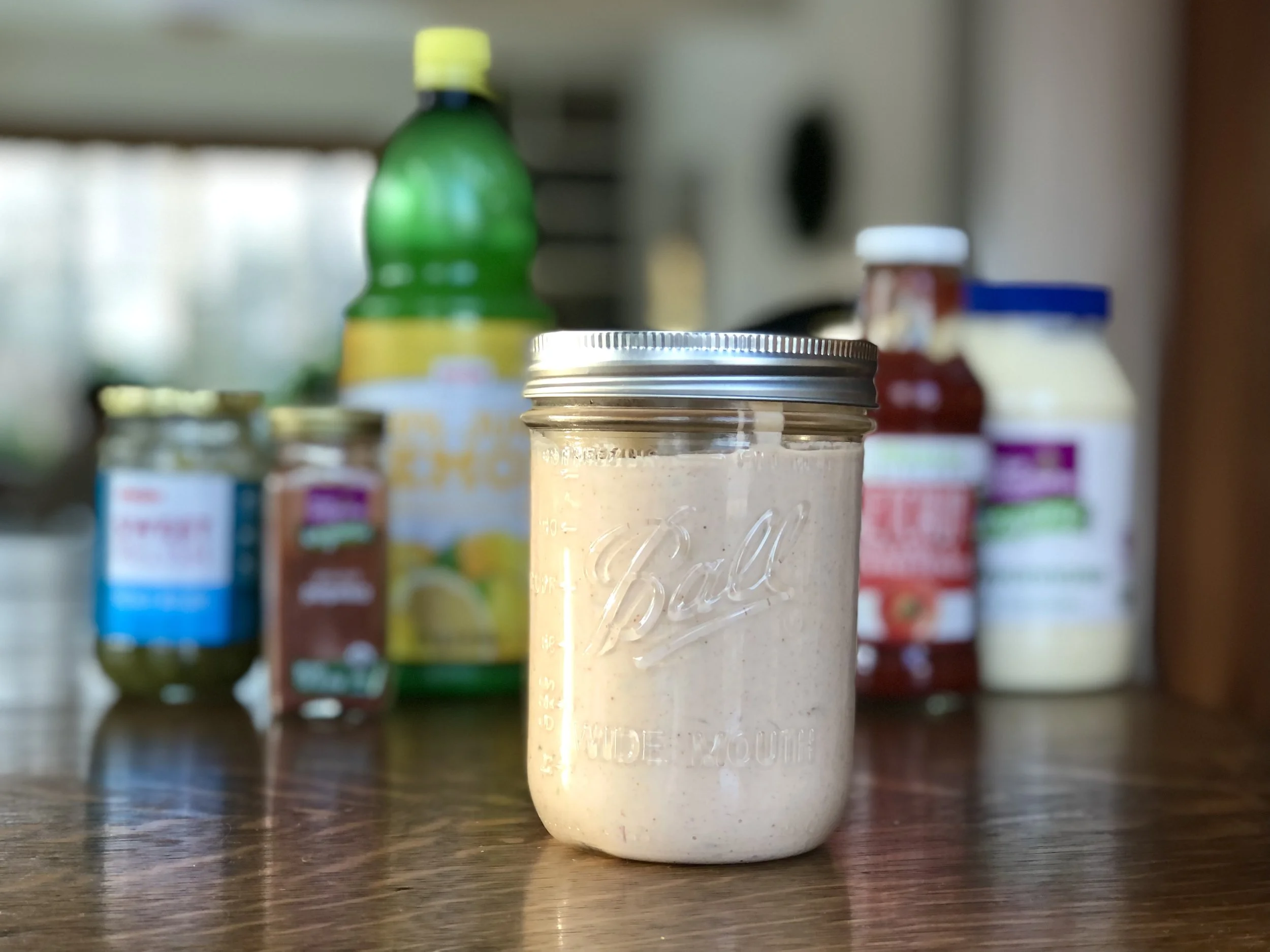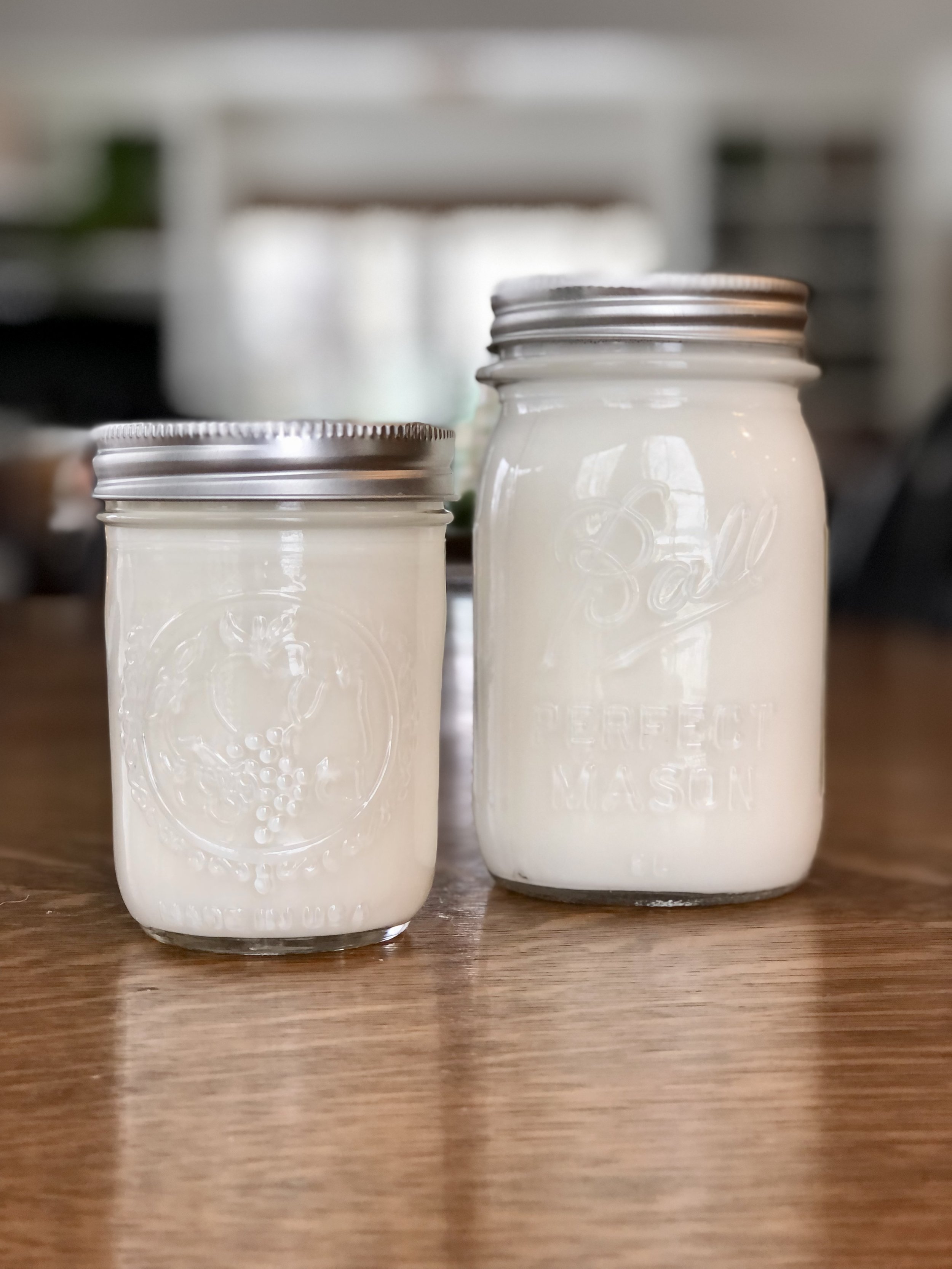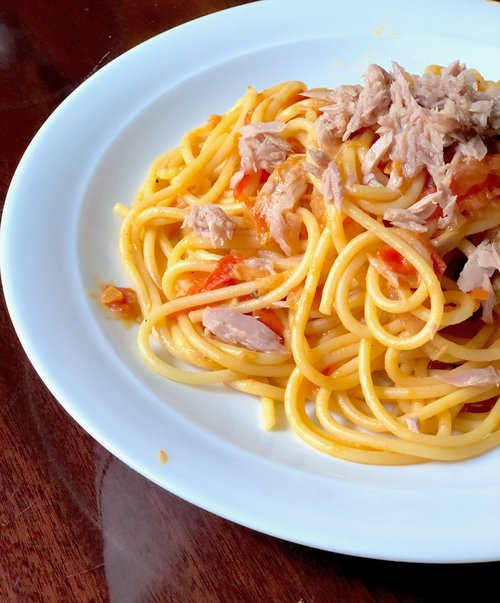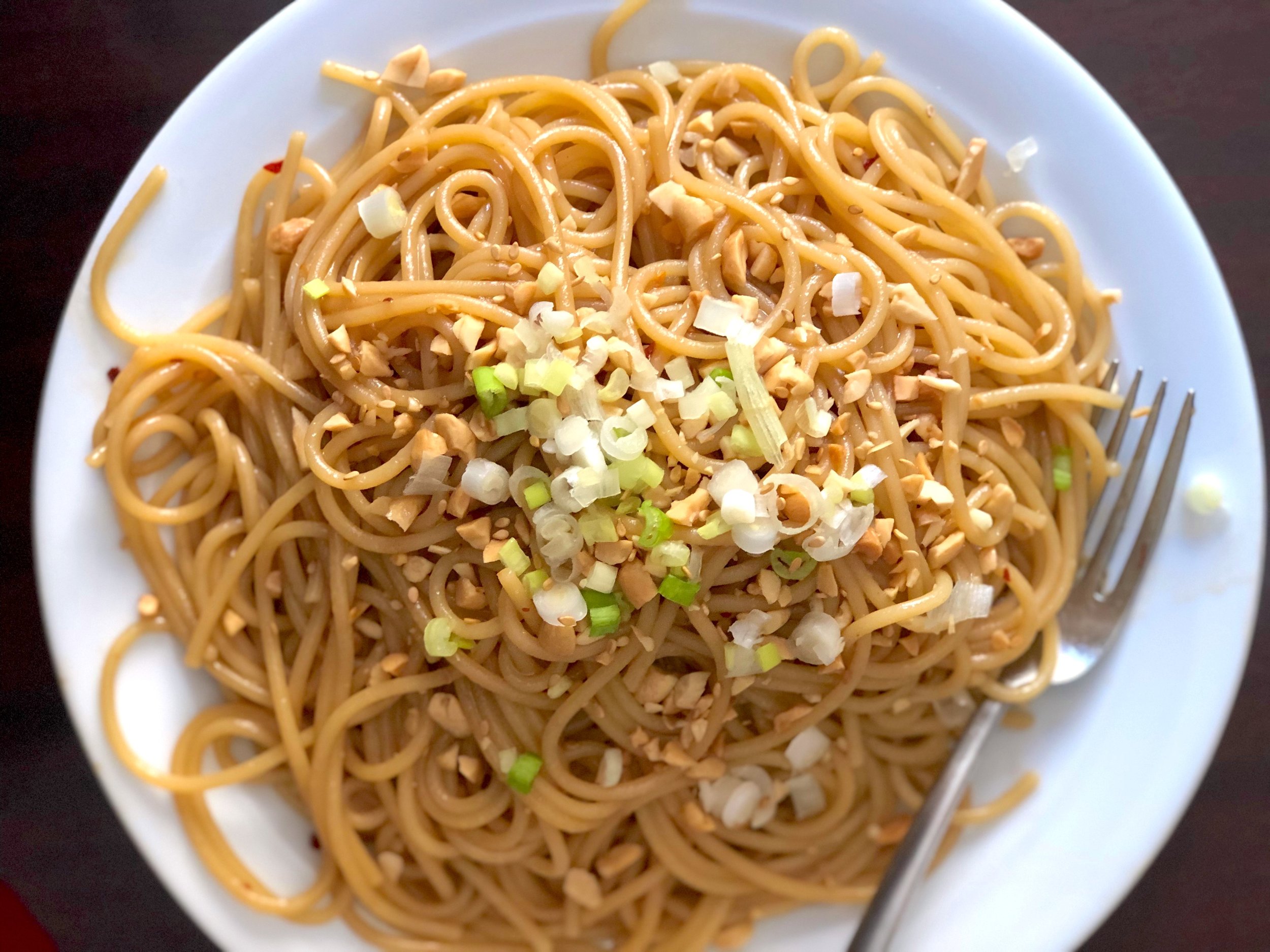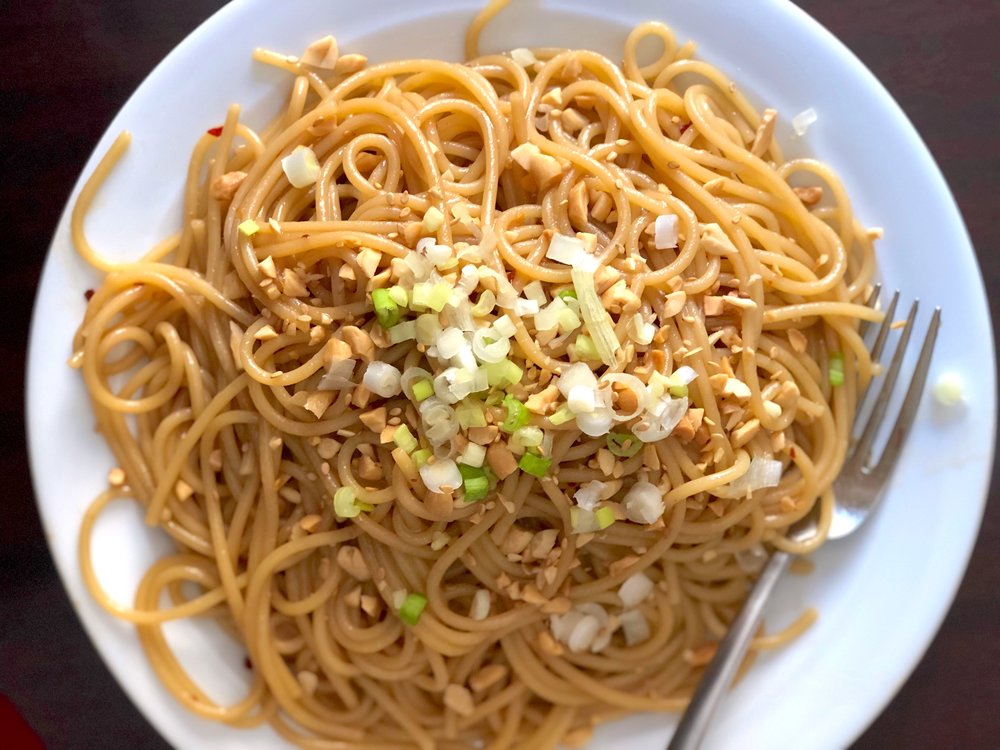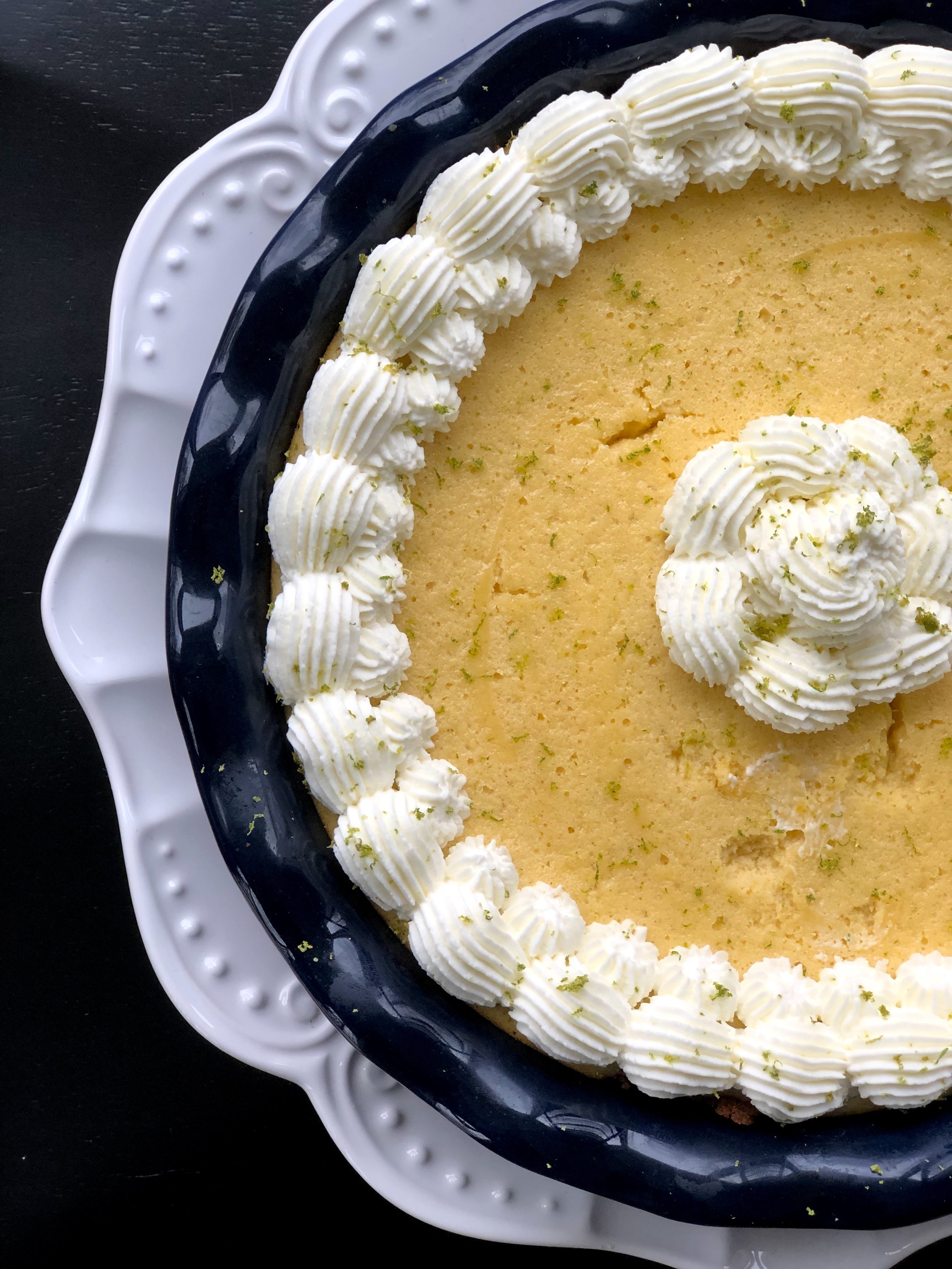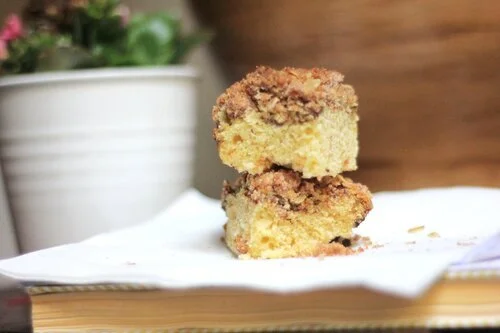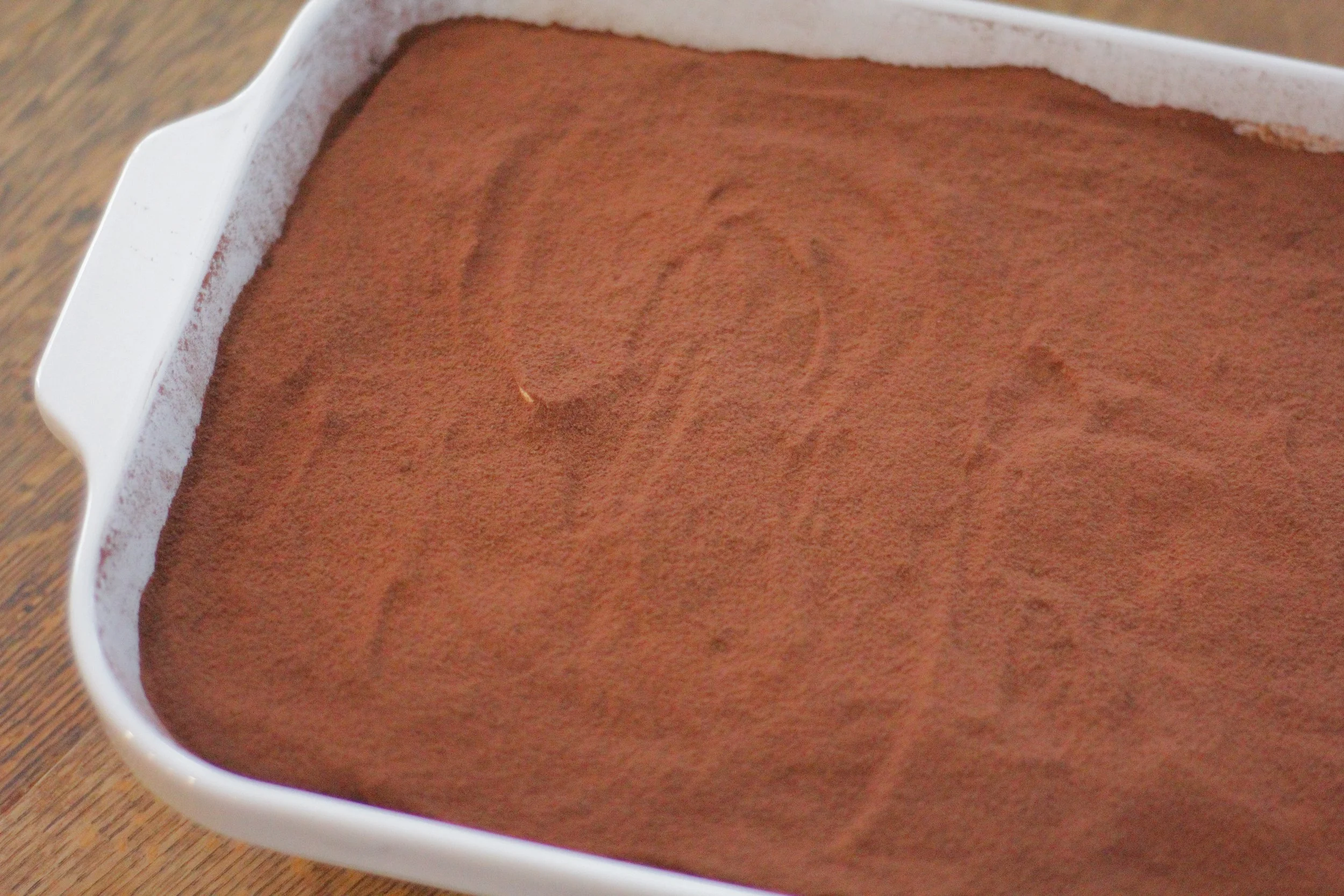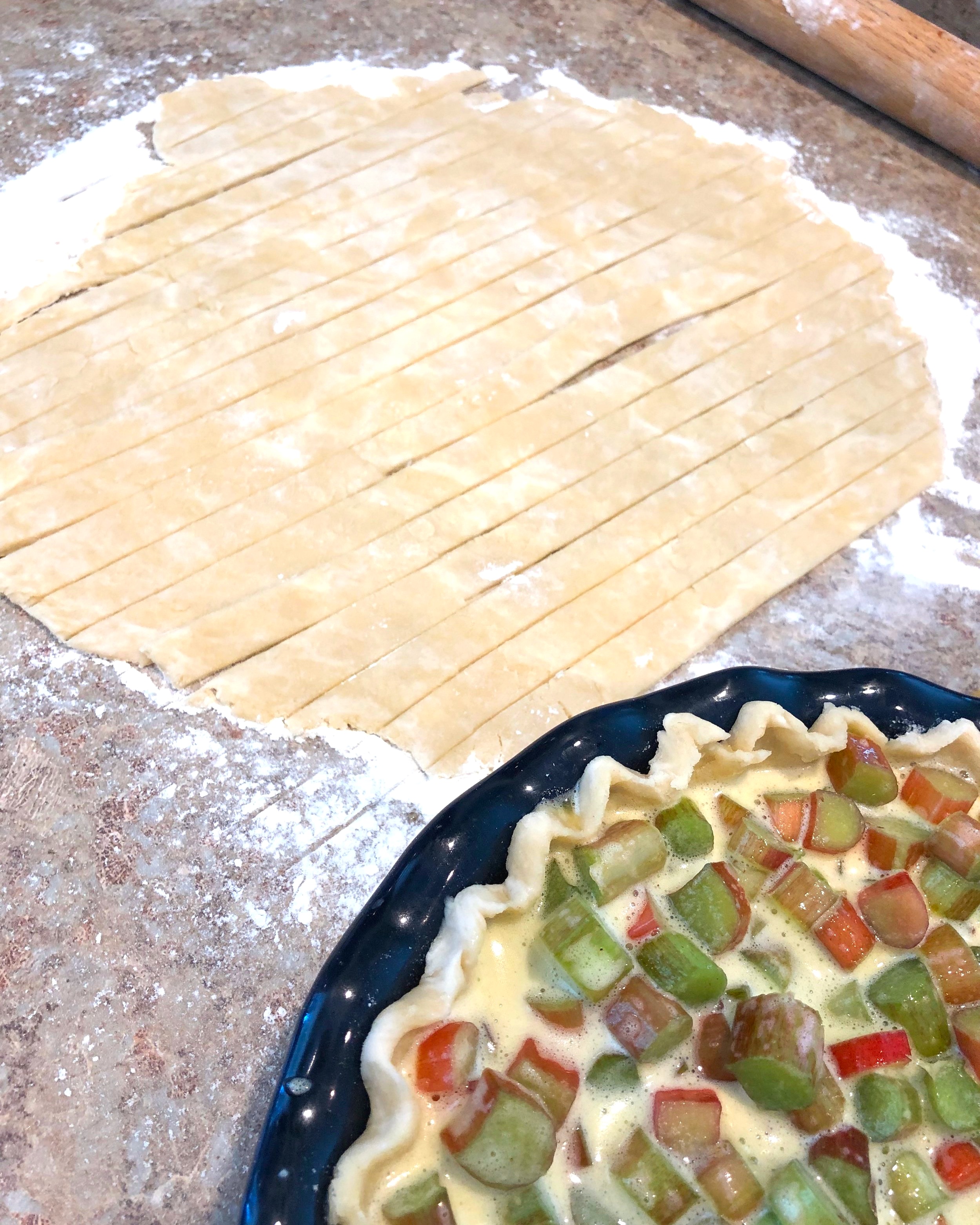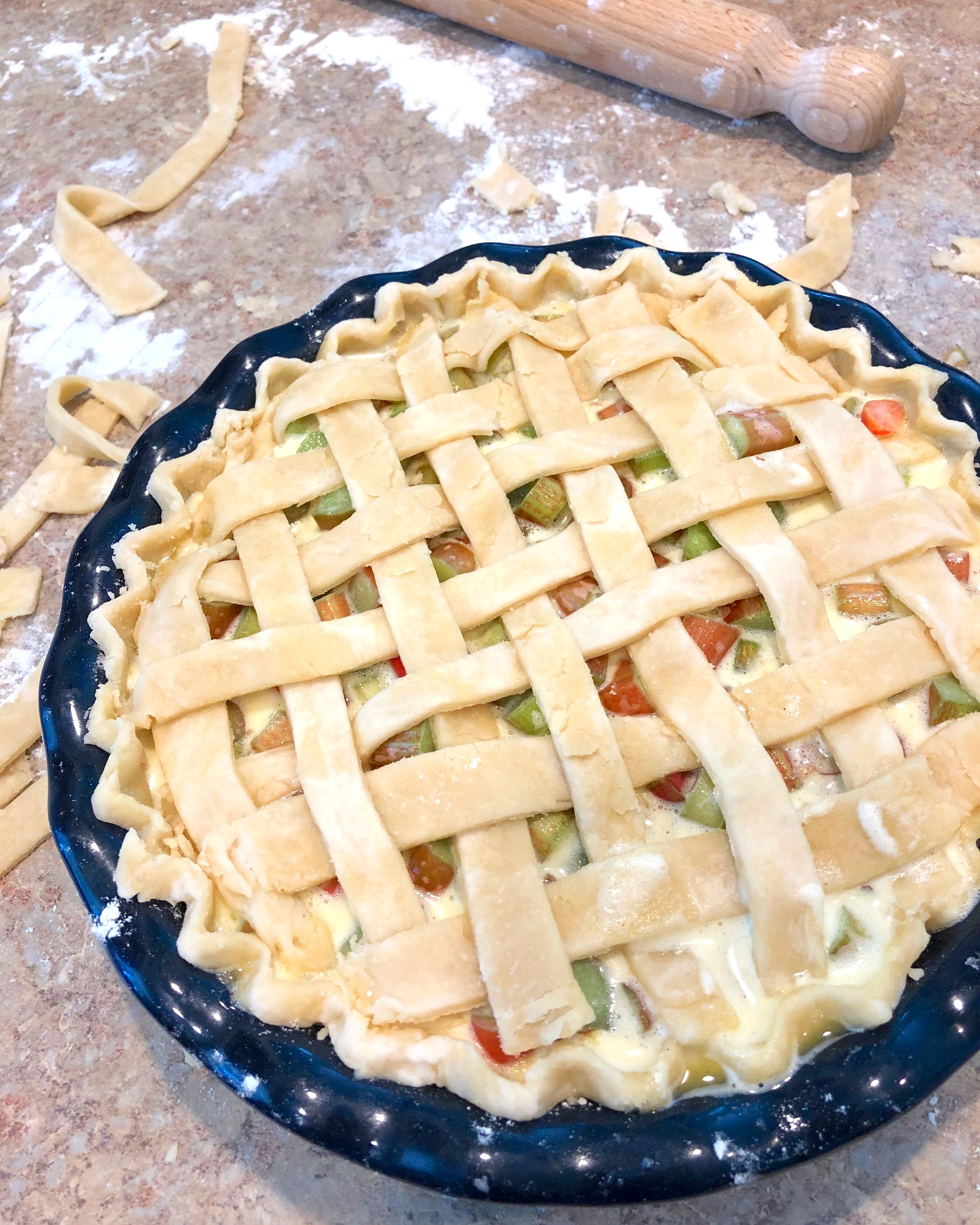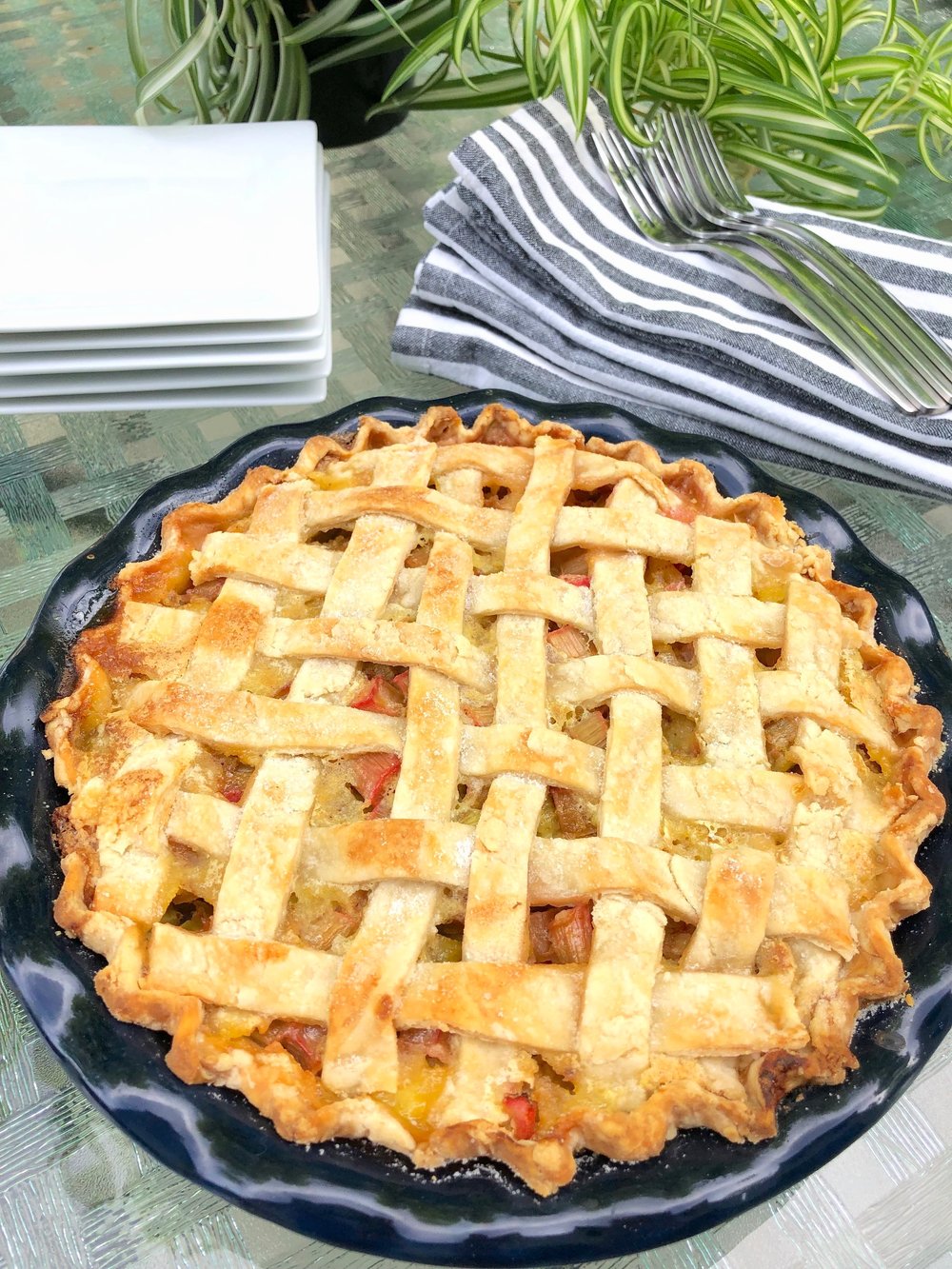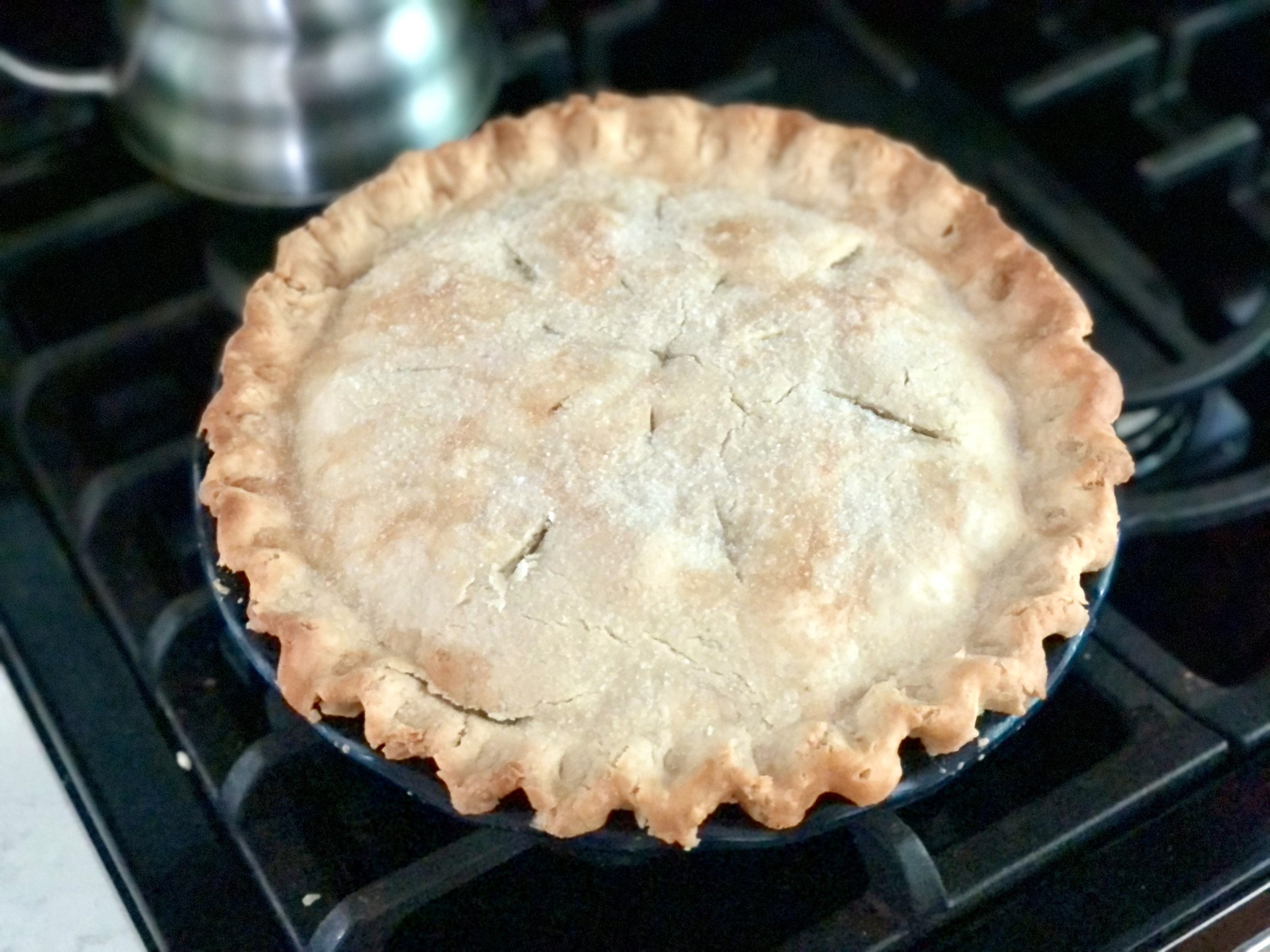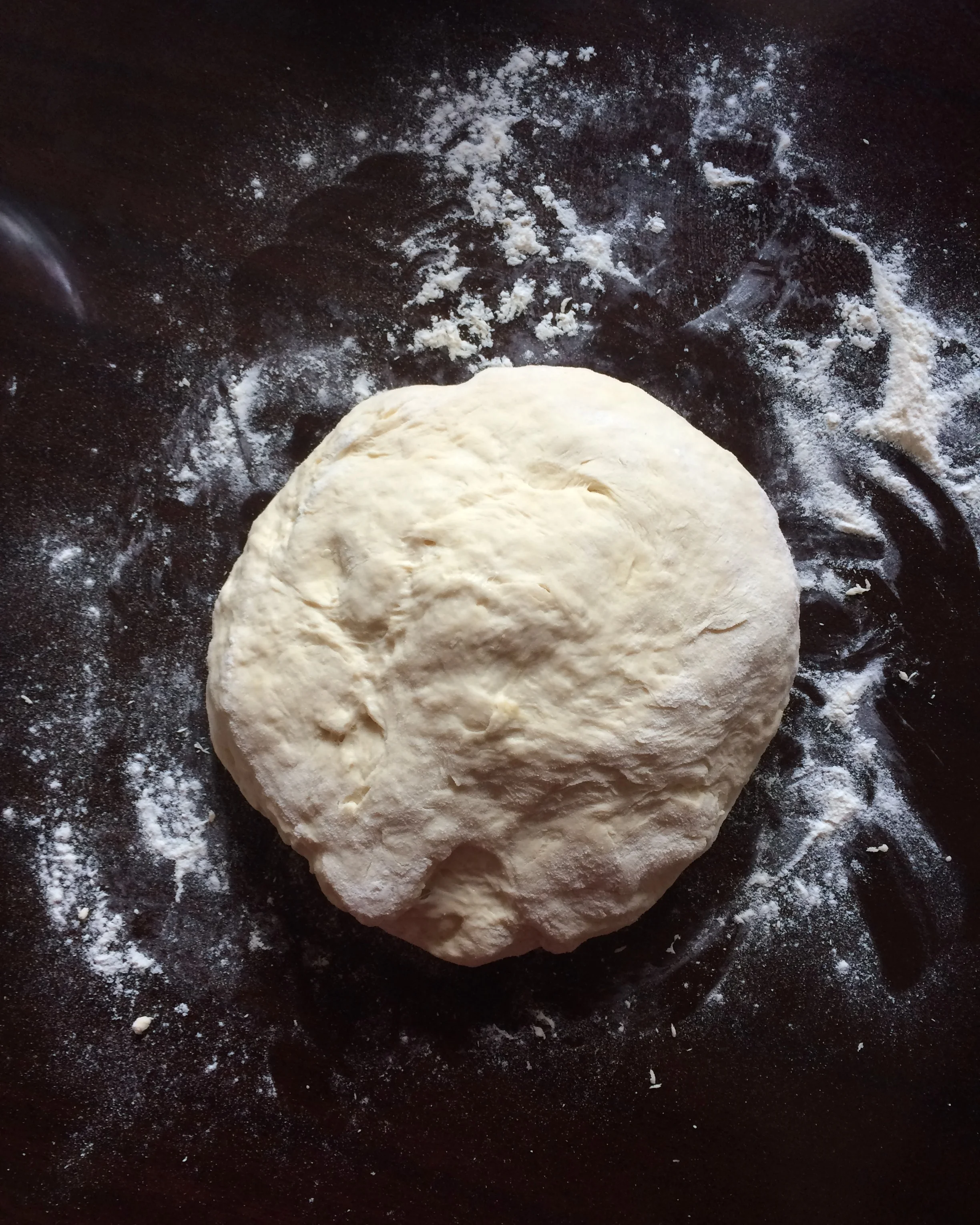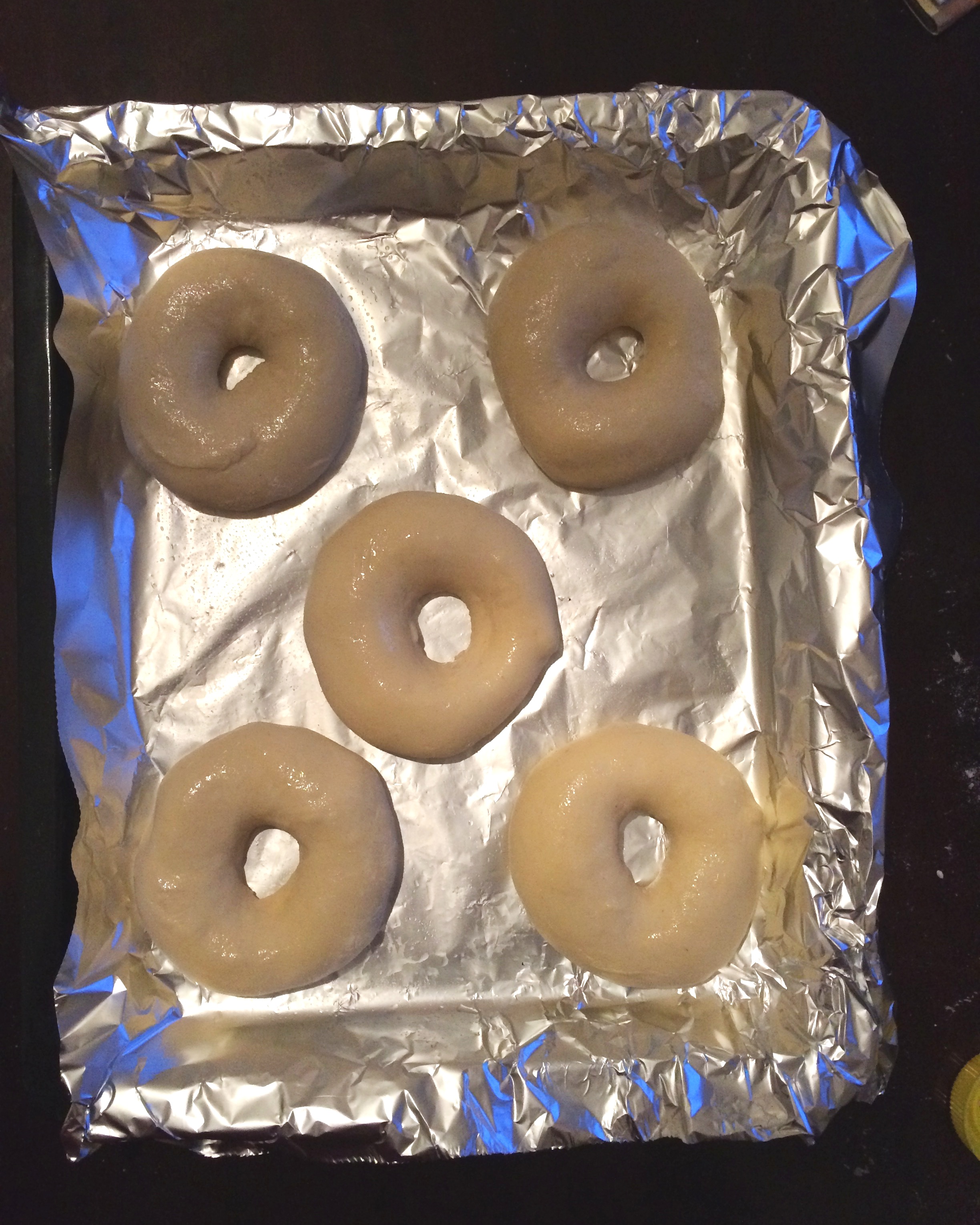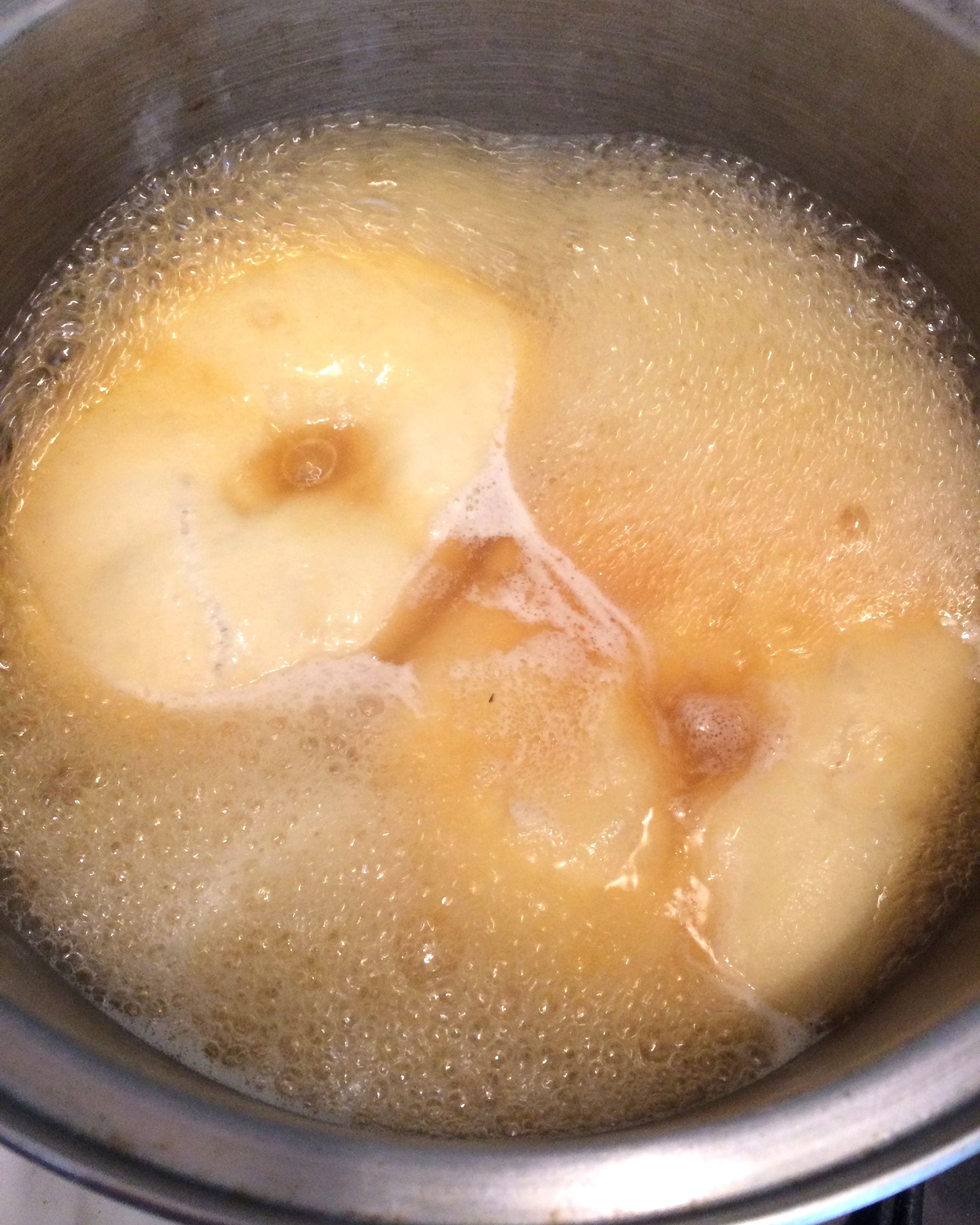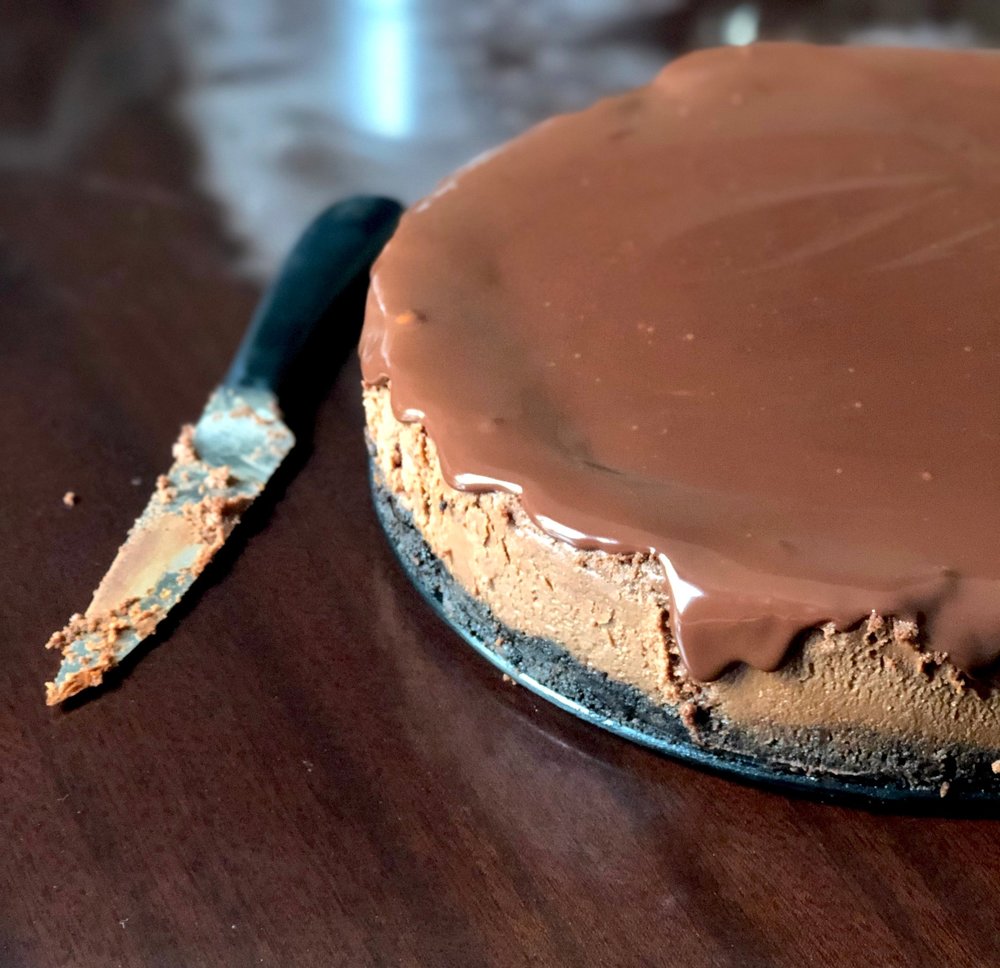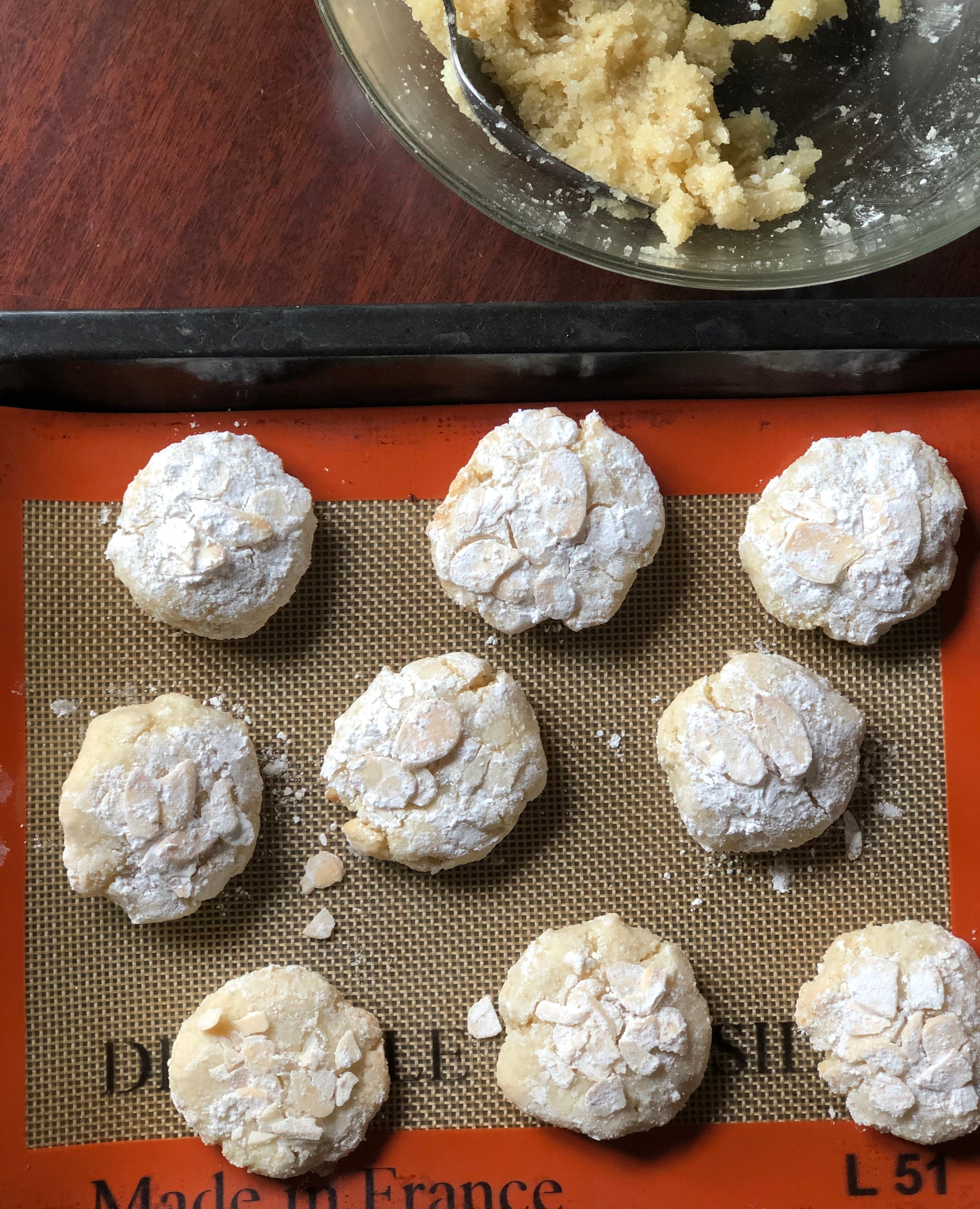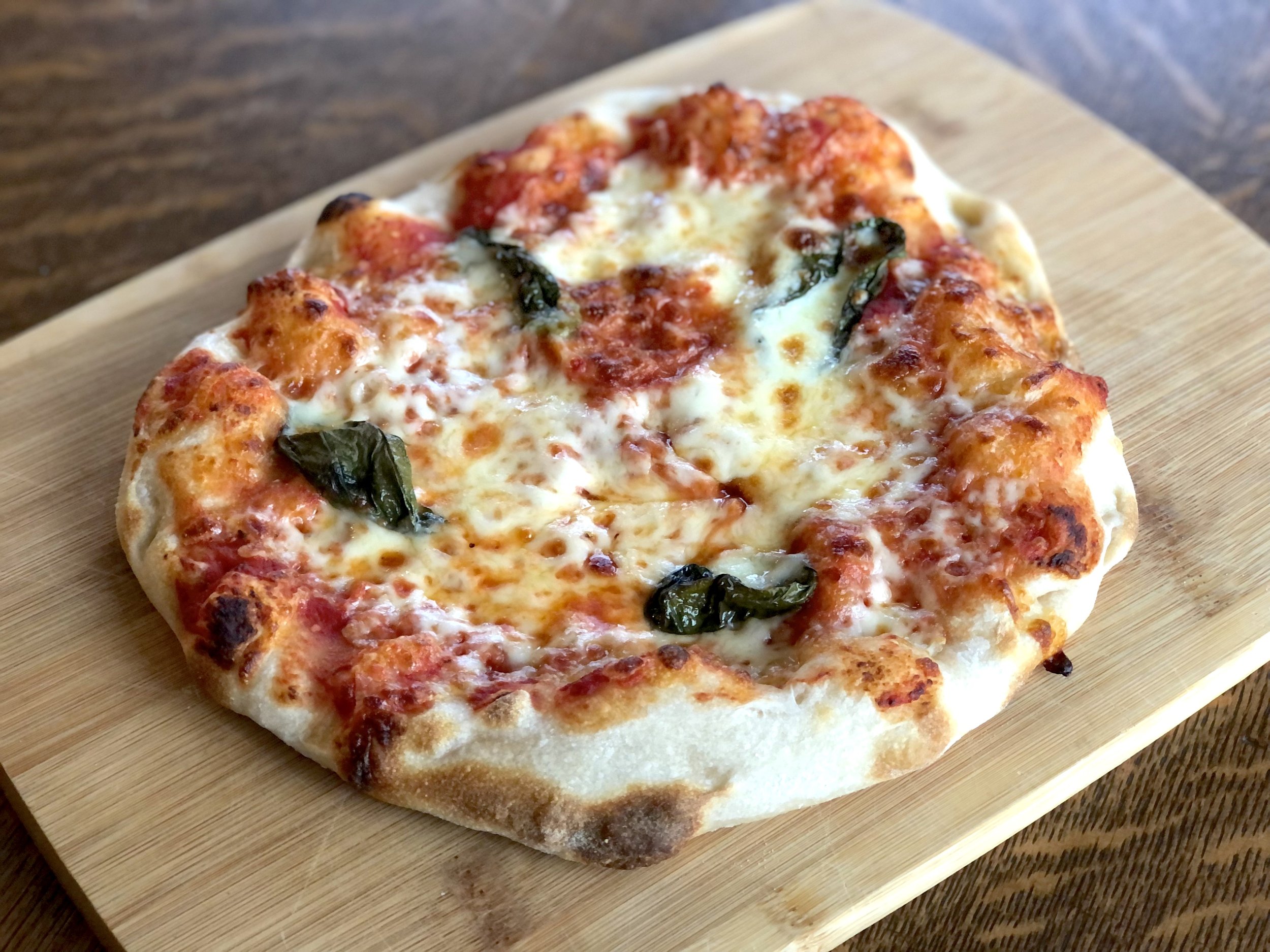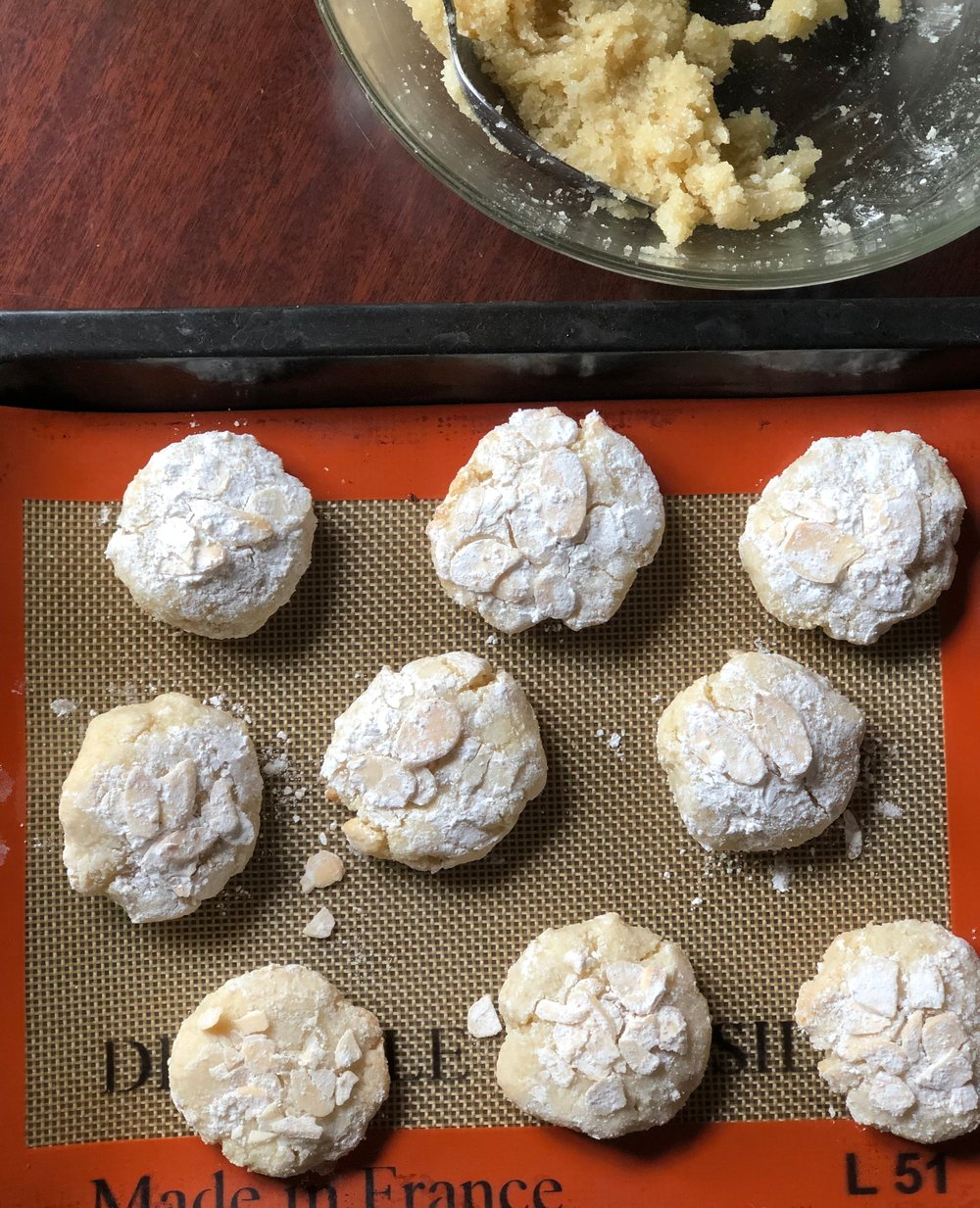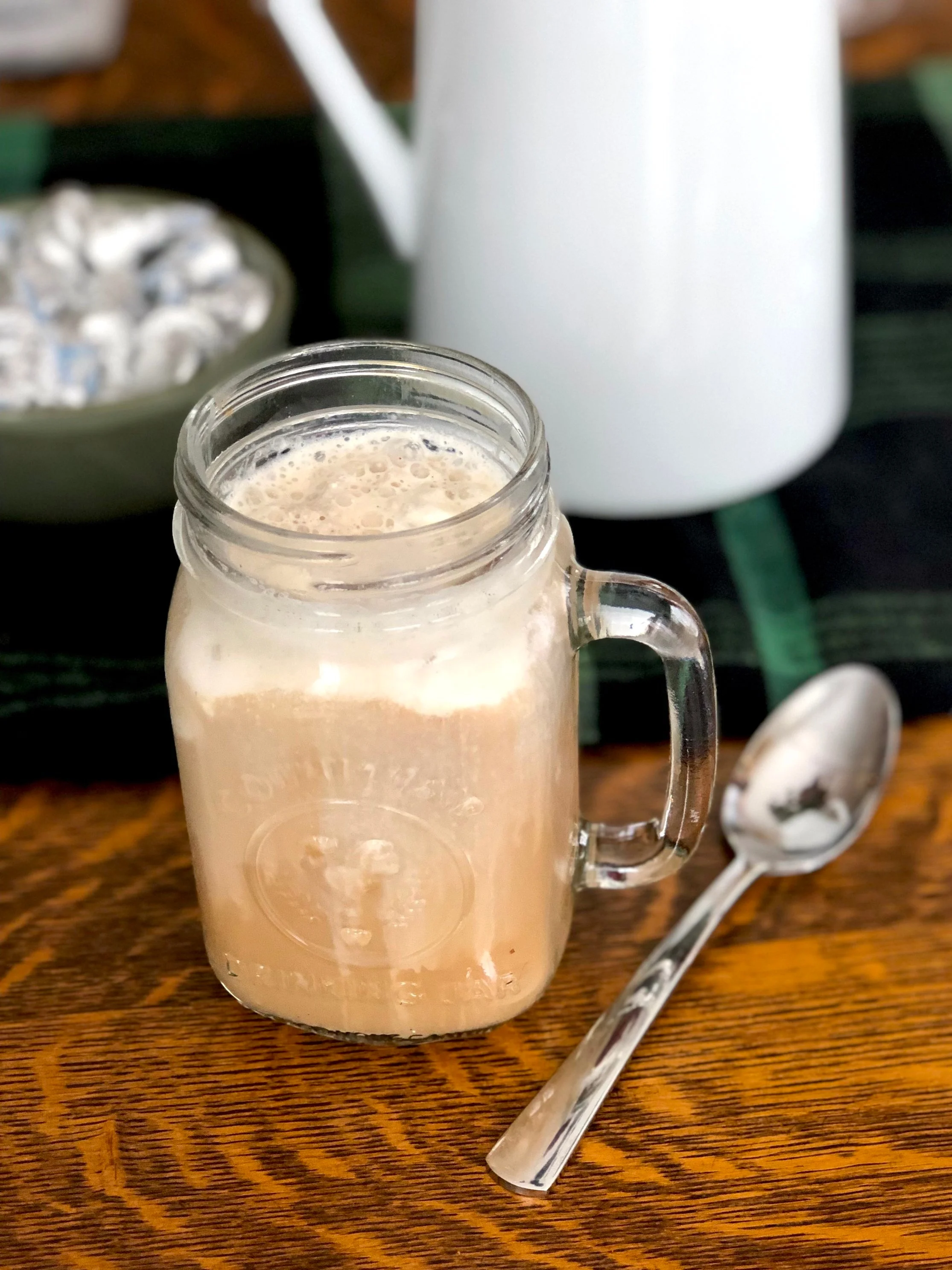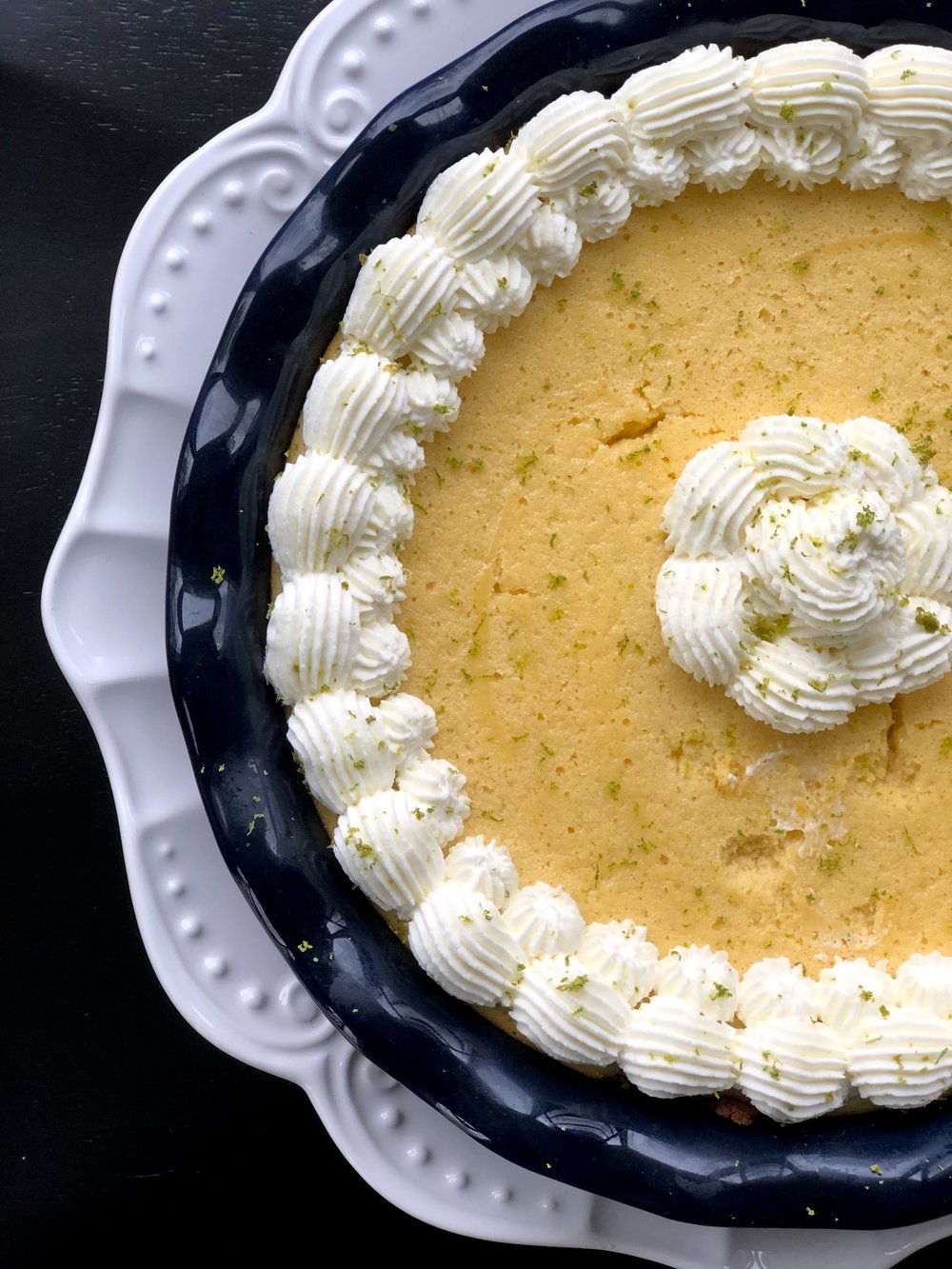White Bean Carrot Burgers
/Last Updated September 4, 2024
Summer is almost upon us, and with the warm weather comes all the best summer foods. In America that usually means all the cookouts, potato salads, watermelon, lemonade, corn on the cob…
White Bean Burger with spring greens, pickled onions, and melted and caramelized goat cheese
You know what the ironic part is? Growing up, or really until I moved to Italy, I wouldn’t have considered the classic American barbecue foods as personal favorites. At all. I could easily pass on hot dogs, hamburgers, potato salads, corn on the cob. I do love watermelon and lemonade, though! It wasn’t until being in Italy for awhile that I started to crave these American foods, especially in the summer. Nostalgia for the homeland. And that’s saying something, coming from the person that, as long as I wasn’t offending a host, would make myself a hamburger, but without the burger. Yes yes, I am aware that I’m weird. I love hamburger condiments!
Veggie burgers!
I’ve always loved veggie burgers. Give me all the fake meat, vegetable, or bean burgers! And condiments. Oh yes. (For my meat-loving friends, you would be proud to know that yesterday for the first time in my life, I ordered a non-vegetarian burger from a restaurant. I split it with my husband, but still. I enjoyed it, and more importantly, it was my idea!)
There are so many good veggie burgers out there, and I love how everyone and every restaurant seems to have their own take on them. So many different vegetables to choose from, and different ways to prepare them.
I recently had a hankering for some black bean burgers. Alas, I had no black beans, only white beans, and this was during the lockdown in Italy, so I couldn’t just walk to the store for some beans on a whim. White bean burgers it would have to be. I didn’t have a white bean burger recipe handy, but I tried the one i’m sharing with you today and found it very tasty!
It’s very simple, mostly white beans, carrots, onion, bread crumbs, and an egg to hold it together. It’s the perfect vessel for all your favorite condiments, or eaten as is, without a bun.
My one recommendation? Make these pickled onions to go with the White Bean Burgers! Did you know you can assemble pickled onions in less than 5 minutes with ingredients you most likely already have on hand, and you can use them after they’ve sat for only 30 minutes?! Seriously, too simple, you will never hesitate to add pickled veggies to your dishes again!
Pickled Onion
1 red onion, thinly sliced
2 Tbsp / 28g red wine vinegar
2 Tbsp / 28g water
1/2 tsp salt
1/4 tsp sugar
Mix all ingredients briefly, then let sit until needed, preferably 30+ minutes, swirling the onions in the vinegar mixture occasionally. Likewise, you can also cover and keep in the fridge for up to a week.
This recipe is easily doubled, tripled, etc. for your needs. You can also use other types of onions, but red onions are the prettiest in my opinion!
That’s my one recommendation. Serve these burgers with pickled onions. If I were to give you more than one, I might suggest avocado, a fried egg, some sprouts, goat cheese…
This post may contain affiliate links. If you make a purchase using these links, Jennyblogs may receive a small commission, at no extra cost to you. This helps to support Jennyblogs. Where possible, links are prioritized to small businesses and ethically and responsibly made items. For further information see the privacy policy. Grazie!
Recipe adapted from Smitten Kitchen
White Bean Burgers
Serves 2-4
Ingredients:
olive oil
1 small onion, diced
2 tsp / 10g tomato paste
3/4 tsp salt
dash black pepper
1/2 cup grated carrot, about 1 medium
2 tsp / 10g apple cider vinegar
1/4 cup / 25g breadcrumbs
1 15oz can / 425g white beans such as cannellini, navy, etc., drained
1 egg
burger buns, condiments, as desired
Directions:
Add a bit of olive oil to a large fry pan over low heat. Add the onion and cook until softened and starting to turn golden, about 8-10 minutes.
Add tomato paste, salt, pepper, and carrots, stirring frequently, until carrots soften and start to turn golden, about another 8-10 minutes.
Add vinegar and stir, using it to deglaze the pan and get off any bits stuck to the bottom. Once the vinegar is evaporated, turn off heat and scrape mixture into a medium bowl.
Add breadcrumbs and white beans, mixing well and smashing the beans. Smash well or leave a bit chunky, as you wish. Taste and add more salt and pepper, as desired.
Add the egg and mix well. The mixture should be soft but able to make a patty, but not soupy or crumbly. If the mixture seems too wet, add another 2 Tbsp or so of breadcrumbs and let mixture sit for a few minutes to allow the breadcrumbs to absorb some of the moisture.
Heat 1-2 Tbsp olive in a large fry pan over medium heat. While the pan is heating up, shape up the bean mixture into about 4 medium patties. Fry however many patties can comfortably fit into the pan at one time, about 3-4 minutes on each side or until golden brown and firmed up.
Serve immediately with buns and condiments.
Jenny’s Notes:
The bean mixture can be made a day or two in advance and stored in the fridge until ready to fry. The burgers can also be fried and frozen for quick meals.
To make these burgers vegan, you can try using a chia or flax egg instead of the regular egg. I haven’t personally tried this, but in theory it should work! Let me know if you do.
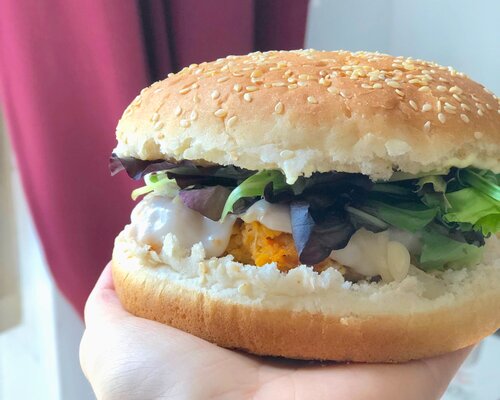
White Bean Carrot Burgers
Ingredients
Instructions
- Add a bit of olive oil to a large fry pan over low heat. Add the onion and cook until softened and starting to turn golden, about 8-10 minutes.
- Add tomato paste, salt, pepper, and carrots, stirring frequently, until carrots soften and start to turn golden, about another 8-10 minutes.
- Add vinegar and stir, using it to deglaze the pan and get off any bits stuck to the bottom. Once the vinegar is evaporated, turn off heat and scrape mixture into a medium bowl.
- Add breadcrumbs and white beans, mixing well and smashing the beans. Smash well or leave a bit chunky, as you wish. Taste and add more salt and pepper, as desired.
- Add the egg and mix well. The mixture should be soft but able to make a patty, but not soupy or crumbly. If the mixture seems too wet, add another 2 Tbsp or so of breadcrumbs and let mixture sit for a few minutes to allow the breadcrumbs to absorb some of the moisture.
- Heat 1-2 Tbsp olive in a large fry pan over medium heat. While the pan is heating up, shape up the bean mixture into about 4 medium patties. Fry however many patties can comfortably fit into the pan at one time, about 3-4 minutes on each side or until golden brown and firmed up.
- Serve immediately with buns and condiments.
Notes
- The bean mixture can be made a day or two in advance and stored in the fridge until ready to fry. The burgers can also be fried and frozen for quick meals.
- To make these burgers vegan, you can try using a chia or flax egg instead of the regular egg.
Nutrition Facts
Calories
469.92Fat
10.68 gSat. Fat
2.08 gCarbs
69.20 gFiber
15.37 gNet carbs
53.83 gSugar
4.95 gProtein
26.37 gSodium
1035.03 mgCholesterol
93.00 mgNutritional information is approximate. Based on 1 veggie burger if you make two larger patties, no bun or condiments.

